|
0 Comments
eader (Melbourne, Vic. : 1862 - 1918), Saturday 15 November 1884, page 16 THE CONTRIBUTOR. AN EXCURSION TO THE UPPER YARRA FALLS. By G. No. I. No poet has yet sung the beauties of the Yarra. Melbourne people are not usually at all enthusiastic about their river, and beyond a row to the Survey Paddock or Studley Park, during which the offence to the nose compensates not a little for the pleasure to the eye, but few know anything about it. The upper waters of the Yarra present beauties of a high order notwithstanding, and a small party determined to devote their last New Year's holidays to visiting one of the most notable of them— the Yarra Falls. It may be asked, Where are the Yarra Falls? There was a well known fall in town, which has been just removed, and there is a but little less known fall in Studley Park, which, if the opposite bank, on which stands the ruins of Dight's mill, was purchased by the Government and thrown into the park, and restored by the hands of a landscape gardener, would make an object not unworthy to be reckoned one of the beauties of the Yarra; and there is a much less known fall near Templestowe; but the Yarra Falls are none of them. I failed in a previous attempt to reach the Falls, but I determined last summer to try again. There were several difficulties to over-come. There was a party to get together, neither too large nor too small, that is, not less than three nor more than four. There was the question of accurate information as to the route. I reflected that the track having been cut by a Government party, there would probably be a plan of it somewhere in the archives of the Government department. I will not detain my readers with a narrative of my adventures in the Government offices in search of this plan. I received every assist-ance from the officers of the various depart-ments concerned, and finally obtained a tracing of it on a scale of forty chains to the inch. I found that the track went from Reefton to Mount Lookout, on the road from Jericho to Walhalla; that the distance was about 17 miles; that it crossed the Yarra about 20 miles from Reefton, and about a mile and a quarter below the crossing were the falls. The last and most important point was the party. There are always many things to be considered before men of various vocations can arrange to take a holiday together. Finally my companions of the previous year agreed to go, and at the last moment I enlisted a fourth man, whom I shall describe as R., who had been with me on a somewhat similar trip to Mount Baw Baw. This I thought a great accession of strength, and I will explain why. Of my companions of the previous year, one is a man of extensive scientific and professional acquirements, which, though intended for exercise in a larger sphere, are not successful for finding a way through difficult country. To him we were indebted for the aeromatic measurement of the heights, but, like myself, he is a man approaching middle age, living in Melbourne, and following a sedentary occupation. The other is a young man training for a sedentary occupation. R., though he now also follows a sedentary occupation, had been reared in the Australian bush, and was a first rate bush man. The remaining member of the party to notice is the horse who was to carry the pack. He is an old bush horse (some people may call him a pony), well adapted for rough ground. He had been out at grass some time before the start, and came home, to my great disgust, in by no means good condition. However, we determined that there was nothing for it but to start with him, as another horse that we might obtain for the occasion would probably turn out altogether unfit for the work. Our equipment amounted to about 2 cwt., when the water tins were empty. It consisted of a calico tent, 6 feet by 8, with a fly, a rug or blanket each, a piece of waterproof to put on the ground, a change of clothes each, captain's sea biscuits, tinned meats, cold boiled corned beef and bacon, tea, sugar, cocoa, cheese, brandy, lime juice, &c., and oats. The last item may puzzle some readers, but it is absolutely necessary. In the dense forests which cover the ranges one may travel for miles without meeting with a blade of grass or anything else that a horse can eat. We made our start shortly after the new year. Three of us, with the pack, took the coach from Lillydale to Warburton. The fourth rode the horse. We had dinner at Warburton, loaded the horse, and commenced our tramp. Warburton is situated on Yankee Jim's Creek, about 3 miles from the Yarra in a little valley shaped like a punch bowl, where several creeks unite. Considerable gold workings have been carried on there, and water has been brought there by races for the purpose of sluicing, which has much increased the natural volume of Yankee Jim, and at the same time giving him a chocolate tint unusual on a mountain stream. There is at Warburton a store and house of accommodation, kept by Mr. Buller, a State school, and one or two other brick houses. At Warburton we made some inquiries as to the track. We were told it had been cleared to a width of 12 feet right through, and we could have no difficulty in keeping it, and that the water in the Ten Mile hole was permanent. We were able to test the accuracy of the first part of this information by our experience of last year. It was inaccurate in a way information as to a bush track will often be. The informant will have travelled the track when open, and will have omitted to allow for the changes by falling timber and growth of scrub, which in a few years will nigh obliterate an unused track. From Warburton the track passes through a saddle beneath a lofty plume of timber on to the waters of Scotchman's Creek. It then becomes a sideling, following the course of a tributary of Scotchman's, winding in and out with the contour of the hills, and crossing minor tributary creeks or gullies by log bridges or crossings. After a time it crosses Scotchman's Creek, then crosses the spur on the opposite side on to the waters of Four Mile Creek, near the mouth of which it makes the Yarra. This locality from Warburton is the prettiest to be found in Victoria. The tall timber is not sufficiently thick to obstruct the view of the fern gullies below or the wooded slopes above, while every turn of the track runs into a fresh gully, shaded with tree ferns, out of which flows or trickles a stream of limpid water over boulders covered with small ferns and mosses. As we neared the Yarra we found the ground taken up by selectors, and the forest ringed and dead. When the work of clearing is complete, the open fields showing the wooded hills in the background will add a new feature to the landscape. As it is, the acres of white dead trunks, rising close upon 200 feet into the air, have a melancholy aspect. On reaching the Yarra the road again becomes a dray track, recently cut along the river, round the spurs of Warburton Hill. Not long after crossing Four Mile Creek we determined to camp before leaving the selections. The selector's clover which had strayed on to the road would give our horse a good supper. A place was selected for the tent be-tween two live trees which were growing beside the river, near which we unloaded the trap. We then set about to camp, one lighting the fire, another tethering the horse, another pitching the tent and another cutting ferns for a bed. When all was done we had our evening meal. R. went down to the Yarra and caught several fine black fish. The flying squirrels flew from tree to tree, and screeched a little. After dark we turned in. During the night we heard another fall of timber not far off. The next morning we were up at four a.m. After bathing in the Yarra we break-fasted on the blackfish caught the night before, which were cooked on the embers. We then packed up and started for M'Mahon's. Shortly after starting we crossed Big Pat Creek, the dray road still continuing. After this we passed the houses of two more selectors, and the road again became a pack track, and at about noon we reached M'Mahon's. The road all the way kept at an equal distance from the Yarra, being cut on a sidling, so as to get round the ends of the spurs, and running in and out so as to cross the gulleys. The views up and down the Yarra are very pretty — the water perfectly transparent, broken by two or three little falls or rapids in every creek, and the view closed in by a wooded mountain at the end. Sometimes one would pass the valley of a creek joining the Yarra on the opposite bank. Then there would be a view of a succession of wooded ridges one behind the other of successively deepening tints of blue. At M'Mahon's we met Mr. Ridgell, from whom we had heard of the falls the year before. Mrs. Ridgell set before us a quantity of cherry plums, which were very acceptable after our long walk. Fruit grows well in the Yarra Valley, and Mr. Ridgell had obtained a certificate at the exhi-bition, but unfortunately it does not pay to take it to market. We were particularly anxious to identify on our tracing the position of the ten-mile water hole, which we had failed to make the pre-vious year. We learned that it was about a mile beyond the finger post; that the road went up hill to the finger post, and then a gentle slope down to the ten mile water. I showed Mr. Ridgell our tracing, on which the creek which crossed the track before it reached the Yarra was made to run from right to left. He appeared somewhat staggered by this, but I remembered that the year before he had told me distinctly that the creek ran from left to right, and, inwardly determined not to be put out, I found the arrow head upon the tracing, notwithstanding that it did so. Mr. Ridgell here gave us a piece of information, which proved useful, that the track went down to this creek on a sidling. We had determined to go on to Reefton and get some more provisions and horse feed at the store, but we changed our minds, and had dinner at Ridgell's. This took a little time getting ready, and it was consequently a quarter to four before we were off. Instead, therefore, of keeping along the Yarra we turned up the spur im-mediately after crossing M'Mahon's Creek, This would take us by a different road to our camp of the year before at the little water holes. The ascent was longer, and there-fore not quite so steep, but this was some what compensated by the track being a good deal overgrown with scrub. We found that the main spur between M'Mahon's Creek and Alderman's Creek divided into three spurs at this point, that to the west being the one from M'Mahon's, by which we had come, the middle being that from Reefton, and there being another to the east. Turning therefore down the middle spur towards Reefton we soon came to our camp of the year before. This we reached at six p.m. It was much as we had left it— the heap of ferns which had made our bed; the tent pegs and logs we laid at the bottom of the tent; the empty tins, the ashes of our fire. We at once unloaded, and set to work to camp. Next morning we arose at six o'clock, but when going to fill our billies for breakfast were annoyed to find that our con-sumption of the previous evening had nearly exhausted the little holes. The result was that after we had breakfasted and watered the horse, there was only enough water left to half fill one of our water tins. This was a disappointment; we accordingly loaded up, and moved off at about half-past nine. At about 5 miles from our camp was marked on the tracing the old shaft of the Excelsior reef. We found the track not so plain as it had been the previous year, and shortly after starting we had some difficulty about it; but our experience enabled us to avoid the branch tracks on to which we had then wandered. We had also the advantage of the pioneering of R. It was a hot day, with a north wind. At about half-past one we came upon the heap of mullock which marked the Excelsior shaft. This was satisfactory. It enabled us to tell our precise position on the track and consequently our rate of progress. We determined to have lunch, so unloaded the horse and sat down in the shade of the scrub. During lunch we discussed our position. We had taken four hours to come 5 miles; our rate of travel, therefore, was one mile and a quarter per hour. Sup-posing that we proceeded at the same rate or, allowing for the road being probably worse, at a mile an hour, we ought to reach the finger post in two hours, and the ten mile water in three hours. On a clear road we could have travelled 3 miles an hour and upwards without difficulty. But on the sort of track we had come by it was different. In the first place one has every step to look to, so as to avoid slipping upon the sticks and bark with which the ground is strewn. Then one has to see that one is on the track, and for this purpose keep a good look out for blazes, cut timber and other indications. By wandering a little off it the ground becomes much rougher, and travelling proportionately slower. Then one has to step over or go round fallen logs, and also to keep an eye to the general features of the country and attend to the direction in which one is going, either by the compass or the shadows, to be assured that the track one is following is the right one, for a short distance before reaching the shaft we had had to pass through rather dense scrub. All these causes combined reduced our rate of travel from the regular 3 miles an hour to a mile and a quarter. So soon as we reached the old shaft I was convinced that we had passed it the previous year, and upon going forward it now became evident that there had been in the interval a great growth of scrub, obliterating every trace of the track. As we went on matters grew worse. In the hollows the scrub was high over our heads, the stems close together as thick as a man's wrist, and matted with wire grass, and continually covering fallen logs, Through this we struggled, hot and panting. A portion of the scrub had a white flower upon it, the pollen from which made us cough and sneeze. The horse came on steadily, pushing aside the scrub and stepping, sliding or jumping over the logs, as the case might require. Mixed with the live scrub and rising above it were tall, dead sticks of considerable weight, which had been killed by fire. These the horse knocked down right and left with his packs, and some of us got nasty knocks from them. Whenever we could see about us we had to keep a good look out for spurs coming in on our left, lest we should miss the finger post and wander on towards the Crossover. One such spur we noticed and spent a little time in ascertaining that our track did not go along it. Our line of march was as follows: R. went ahead to look out for tracks, and the horse was never led out of sight of the last blaze or cut log, until he had struck another blaze or cut log ahead. When this was not for some distance the others would spread out, so that one kept in sight of the horse and one again of him. The signal to come on could then be passed as soon as the track was again struck. In this way the party was never off the track. As we went we made blazes to guide us on our return. Our progress was, of course, slow and toil-some. We were, therefore, not surprised that at half-past four we had not yet seen the finger post, but by five o'clock we were anxiously looking out for it; and about this time a change came over the character of the track. We had been passing through country which had been burnt since the track had been cut, and upon which a growth of scrub had taken place, completely obliterating it. We now came to a place where the original 12 feet clearing could often be seen. It was ob-structed by fallen logs, sticks and wire grass, but not by scrub. The scrubs on each side were old, with slender stems and leaves at the top. The ground, moreover, became a black mould in place of the stony surface we had before met with. There was an appearance of musk and tree ferns, and the timber was in-creasing in size, the prevailing tints becoming a mixture of black and pale green. All this was an indication that we had reached, or were approaching, the crest of the south dividing range of the Yarra, where we ought to see the finger post, but the finger post we saw not, so we went on from five to half-past five, and from half-past five to seven, when we camped. . eader (Melbourne, Vic. : 1862 - 1918), Saturday 22 November 1884, page 16 THE CONTRIBUTOR. AN EXCURSION TO THE UPPER YARRA FALLS. By G. No. II. We struck camp next morning at half-past nine. Just after starting we noticed a tree marked W. From this we understood that we had been encamped on the two mile water. This made our march of the previous day a little over 8 miIes, The height of our camp measured by the barometer was 1700 feet above McMahon's, We proceeded along the south watershed of the Yarra in a general easterly direction. The prevailing character of the country was the same as on the evening before, The track was often perceptible as a sort of avenue through the scrub, though in the clearest places knee deep in ferns and wire grass and obstructed by logs. We passed through several saddles separated by small sills, At about twelve o'clock we could see a great spur coming in to join the ridge we were following from the north - that is on our left, This could be nothing else than the right watershed of Alderman's Creek. We were, therefore, making good progress, and might hope to reach the Yarra that night. So we went on for another half hour, when our horse, in getting over a log, slipped and fell; he could not rise again with the pack and we had to unload him, but he was none the worse. As we began to ascend the hill we found the sides and top of it covered with huge logs hundreds of foot long, as if it had been cleared by a survey party, The interstices between them were filled with tall bracken and scrub with white flowers, and the track seemed altogether obliterated. We made our way very slowly round and over the logs, and presently the horse got another fall, and we had to unload and reload again, There was a good look out from many places down the valley of Alderman's Creek and of the ranges across the Yarra, We found the top of this mountain was 1200 feet above our camp of the previous night, or about 4000 feet above the sea level. It is unnamed on the maps. We christened it Mount Horsefall. The fallen logs gave it a prevailing white appearance, but it contrasted with the pale green which had hitherto characterised the crest of the range. At about four o'clock we began to descend a little, and get into a forest, in which the beech tree was the prevailing timber, though largely mixed with tall gums and messmates. But little vegetation grows under a beech tree; what there was was the blue gum fern with the crimped frond I have noticed before. Moreover, the beech tree is seldom uprooted. It slowly decays as It stands and falls piecemeal, The ground in a beech forest is therefore encumbered by but little fallen timber. As soon as we got under the beech trees the track improved very much. They were mingled, however, with very tall messmates, from which large quantities of dry bark in strips 4 or 5 inches across and 30 or 40 feet long or more had fallen to the ground, and lay in large coils. These continually tangled our feet, and it was difficult to get free of them, One would continually find one was dragging a tail behind many feet long. On getting under the beech trees the prevailing tints again changed. The black earth was bare, and varied shades of brown or dark green met the eye In every direction. Towards the south and east the slope was so steep that we got a look out over Gippsland as far as the ranges in the neighbourhood of Baw Baw. The earth seemed everywhere moist; in places one could hear the water under one's feet. The traok oontinued slowly to descend, and our view became shut in on all sides. About s!x o'clock we found ourselves in a saddle. This we identified upon our tracing as about 6 miles from our camp of the night before And 4 miles from the Yarra. It seemed a likely place to find water. There were a few beech trees and messmates on the saddle, and a forest of white gums, tall, slender poles like the mast of a ship, 300 feet high at the least, with a tuft of foliage at the top. There was a fern tree gully coming up to the saddle on each side. The earth was black and moist, and for the most part bare. R. found a good stream of water a little way down on the south side of the saddle, so we determined to camp. We pitched the tent under two beech trees, whose thick foliage would protect us from any sticks that might be blown off from the gums, and made our bed of fronds cut from the ferns. When we got up the next morning a strong north wind was blowing, shaking the tall, white ferns like corn stalks, bending them as if to break with a great roaring noise. We did not make a start until about half-past ten, when we at once began to ascend out of the saddle, and soon came out into the sunshine on to a hill covered with fallen timber and sword grass, and from which there was a good view of the opposite ranges. The logs had rotted and broken into fragments, and were therefore not the obstacle they had been on Mount Horsefall. After a little we again descended into a beech forest. Here the track was clearer than we had yet found it. It was obstructed by little else than small sticks. There was a little of the usual green fern, but except for that the ground was clear of undelrgrowth on all sides. The dark foliage of the beech trees over head shut out the sky. In order to keep the track it was necessary to keep a sharp look out for blazes. After about a couple of miles gum trees again appeared mixed with the beech trees, and we were again troubled by fallen timber. About the same time we found growing in the track tall solitary stalks of grass like oats which shot up with a stem as thick as one's finger, seven or eight feet high. Finding the horse would eat the two gathered bundles of it, as we went along. A little after twelve o'clock the horse got another fall getting over a log. We had to unload, and determined to have lunch, When we again made a start we found it had been raining heavily, and that the scrub was very wet. In a little while we got out of the beech forest, and began to ascend a hill covered with tall standing gums and thick bracken up to our shoulders. Through this we pushed our way, getting drenched through. When we gained the top of the hill we found our track appeared to leave the ridge, and turn down the sideling to the north-east. After turnlng down on the sideling we were soon again in a beech forest, and out of the high wet bracken. In about half a mile we came to tho creek, which was broad and shallow, scarcely covering the ground. It crossed the track from left to right- not from right to left, as marked in our tracing. The descent from the ridge to this creek was not more than 200 or 300 feet, and not at all steep, considering it was on a sideling. We crossed the creek and ascended to tho ridge on the opposite side. Crossing it we descended on a sideling to the Yarra, which we at once passed over. It was a much smaller stream than that we have left at M'Mahon's, being about 30 feet wide and about up to our ankles, with, how-ever, a good current. The scene was a peculiar one. It was still raining hard. Heavy clouds rested on the tops of the beech trees from 50 to 70 feet above us, which lined the river banks and covered the slopes, and hung in festoons between them, but below it was clear. We had no time to stand and watch it, however, being wet through. We had to get to work and camp at once. In about twenty minutes we had a fire big enough to roast an ox. Having pitched our tent we looked about for something to make a bed of, and the best thing we could find was a heap of bark at the foot of a neighbouring messmate. This we dragged in front of the fire and dried, after which we had our evening meal round the fire. We stood up round it for sometime drying clothes, while the horse stood warming his nose on the opposite side of the fire. Finally we turned in. We were up at six the next morning. There was still a slight rain, We had breakfast, and at half-past eight we started in search of the falls. Our camp was shown by the barometer to be 2100 foot above M'Mahon's or only 500 feet lower than the top of Mount Horsefall. It was ; distant from Reefton by the road we had come just 20 miles, or in a straight line about 15. Now, the Yarra did not change its level to any great extent between M'Mahon's and Reefton, or for some miles above the latter place. The difference in elevation therefore gave room for a high fall. Moreover, the country we were in appeared to be an elevated plateau, to which we had ascended abruptly at Mount Horsefall, and which would probably come to an abrupt termination. We accordingly started down stream, crossing a considerable tributary on tho right bank just below our camp, Tho river ran through a beech forest, and as nothing will grow under the beech trees, its banks were without that fringe of peculiar vegetation which is usually such a marked feature in an Australian river or creek. After a little we went over to the left bank, and crossed a small creek which joined the river on that bank, we then came upon a series of small hills, perhaps altogether fifty or sixty, There was, however, a good indication of something better. We could see a light through the trees ahead as from a largo clearing. This appearance could only be occasioned by the edge of an abrupt declivity. We pushed on and soon began to get glimpses of a valley a long way below us, and to hear tho roar of a great fall. The beech forest ceased with the edge of that declivity, and the slopes below, when not too steep and bare for anything either to grow or stand on, were covered with undergrowth, mostly ti-tree. To see the fall we must got below it. We accordingly descended as rapidly as a regard for our necks would permit several hundred feet, and made our way on to a ledge down to the water. From this point we could see the water fa!ling above and below us over a face of dark rocks in a series of steps. The fall was shaded by ti-tree, with occasional tree ferns on the ledges. The spray fell like rain. We were too close to the face of the fall, and tho ledge we were on would not permit us getting further out. We were not the first persons who had viewed the Yarra falls from this spot, for we saw a tree with a blaze on it, on which was a name, partly overgrown with bark, which we made out to be A. Burns. We then crossed over, scrambled along the face of the cliff and made our way down an other hundred feet or two, and got another view of tho falls, with, however, the dis-advantage that we were too close to see far up or down. This point was by the barometer 550 feet below the top of tho fall. We could see the fall for about 50 feet below it. It was a continuous fall all the way, interrupted only by small ledges. There is, however, no reason to suppose that the lowest point to which we could see was anywhere near the bottom of the fall. Judging from the appearance of the valley it was far from being so. The total height of the fall therefore, can scarcely be less than 700 feet or 900 feet; it is probably 1000 feet. We had not seen by any means as much of the falls as we should have liked, but we were compelled to return. It was Tuesday, and R. had to be In a distant part of Victoria by the following Monday morning for this purpose It was necessary that, he should be in Melbourne by Saturday. We could scarcely do this unless we moved on that day. Moreover, our oats were running out, and there was not a scrap of feed at our present camp, while our tracing showed that on the Thompson, 4 miles on, there was grass. We accordingly turned back towards our camp. In returning we got a view of a great cascade, forming the top-most rip on the fall, which we had not seen going down. By half-past one we had regained our camp. We then bathed in the Yarra, had lunch, struck our camp, and started for the Thompson, where we hoped to camp that night. It was shown by our tracing to be 4 miles distant. The track in the first instance followed the ridge of the very low spur between the main arm of the Yarra and tho tributary that joined it just below our camp. After a little the track forked; we took, the left fork, which took us down to the tributary at a point where two creeks united to form it; beyond this the track was not apparent. After a little we found a place where a tent bad been pitched, with a rude platform of round timber to raise it off the ground. We had evidently come upon an old surveyor's camp. That explained how it was that the track ran out. We accordingly returned and took tho right hand fork of the track. After we had gone about three quarters of a mile the track turned down to and crossed the creek on our left, and shortly afterwards began to ascend a ridge on a sideling. The top of this ridge was not. more than 100 feet or so above our camp. On it we found white gum timber. The ridge was narrow, and the track immediately descended on a sideling on the other side, about 300 feet Into a narrow valley containing a fine stream of water. The sides of the valley were lined with beech trees, with a few tree ferns. This creek must form the right fork of the Yarra as laid down on the maps; and as its level appeared lower than the top of the falls, must join, the left fork below them. Crossing the creek we ascended on a steep sideling on the other side to a height somewhat greater than that from which we had descended, and found ourselves in a forest of white gums mixed with beech trees, with a good deal of undergrowth. The creek, however, continued tolerably clear. We were now upon the crest of the dividing range, between the waters of the Yarra and the Thompson, marked on the maps as Wright's range. A little before seven o'clock the track began to descend gently, and we reached a fine stream of water crossing the track from north to south, spanned by a good log bridge. This stream, which was much larger than either fork of the Yarra, or, I should say, than both of them together, we made out to be the Thompson. Here we determined to camp. A little way up from the river, to the right of the track we had come by we found an open glade carpeted with good grass. On this were the remains of an old survey camp, consisting of log plat-forms, similar to that we had noticed on the Yarra. There appeared to be a succession of rich glades along the river, divided only by low scrub, tall timber not being found till some little way up the slopes on either side. There was, therefore, a clear view up and down tho river for some way over the top of the scrub. We could see the sky, too, over-head and in front of us. All this was a change after the dense grass through which we had been travelling for the last four days, The edge of the other valley was lined with large white gums, say 100 foot high, with straight, thick limbs tapering to the top, and wide spreading arms a little more than half way up. The slopes behind were covered with a mass of plants of different kinds. Every here and there above this rose to a great height huge logs, white with age and black with fire, without limbs, broken at the top. Though generally impressed by the view, there was a feeling of solitude connected with this camp not experienced elsewhere in the course of this trip. The height of this camp was 2300 feet above M'Mahon's, or only 100 feet lower than our camp on the Yarra. We were still, however, above a high plateau, as high or higher than the top of Mount Macedon. We were now about 23 miles from Reefton, and about 14 from Mount Lookout. Leader (Melbourne, Vic. : 1862 - 1918), Saturday 29 November 1884, page 16
THE CONTRIBUTOR. AN EXCURSION TO THE UPPER YARRA FALLS. By G. No.lll— (CONCLUSION), After bathing in the Thompson, which we found about up to our waists, and very cold, we had breakfast, and made another start. We crossed the bridge and ascended the opposite hill. The track was good, and after a time we got among the green saplings and wattles. They were about 9 inches at the butt and about 30 feet high. They grew thickly on each side of the track, and were often fallen across it. So we continued for about 2 miles, apparently keeping near the ridge of a spur. At this point the track turned a little off the ridge to the right, crossing the head of a valley, which ran south, to join the Thompson. Just as we got across this valley we came to a pile of huge granite holders, and from this spot we got a fine view down the valley, and up the Thompson, with Mount Baw Baw in the back ground. Just beyond there was a heavy fall of dead, timber, which we got past with some difficulty. The track was again clear for a little. It then crossed the ridge, and we got on to a sideling sloping to our left. Here we came to another heavy fall of dead timber. Some logs 100 feet long and several feet through at the butt had fallen across the track, bringing down with them great quantities of the sap-lings and wattles. The track was blocked in this way for 100 yards or more. We had to endeavour to carry our packs over the obstacle, and then find places where the horse would jump the logs, or they were sufficiently broken to enable him to scramble over them, and move the saplings for him to get there. We loaded again, and proceeded a few hundred yards. Here we came to a worse block, and extending a long way ahead. It had taken us two hours hard work to traverse the eighth of a mile. We were then 12 miles from Mount Lookout, and at this stage R. advised that we should separate, the three of us returning with the horse to Reefton by the way we had come, he going on alone to Mount Lookout. This we consented to the more readily, as it would enable us to get another view of the Yarra Falls. We accordingly separated, R. taking with him a light swag, proceeding alone, and the three of us returning to our camp of the night before. R, expected to reach Mount Lookout that night. If he found that he would not get through he expected to be able to rejoin us before we left Mr. Thompson's the next morning. We could not but feel that R. had embarked on rather a perilous journey. On the other hand we did not doubt that he was well able to take care of himself. He had before travelled with me in the wilderness in a somewhat similar way. As to ourselves we felt that we had lost the best man of our party; it was due no doubt mainly to his excellent pioneering that we had got thus far. On our return to the granite knoll we admired the view at greater leisure. The undulating ridge of the plateau, covered with foliage of diverse tints; the red of the gum saplings contrasting with the deep green of the wattles and the huge black and white trunks that at intervals towered above it. In the back ground were Mt. Baw Baw appearing as an isolated group of rounded pyramids or conical domes rising to a great height above the plateau on the south-east, and that notwithstanding that the granite knoll was 2600 feet above M'Mahon's, or between 3000 and 1000 feet above the sea, and the ground between us and Baw Baw was rising. We returned to the Thompson, and camped a second time upon the same spot. The next day we left our camp standing and walked to the Yarra to have another cooler at the falls. We had a pleasant walk through the beech forest, the dark shade of which was set off by the straggling gleams of bright sunlight which found their way between the trees. We had lunch under a small fall. A little above this was a great fall, which was shaded by the ferns, and very pretty. We then began to descend the great fall from the top, keeping near the edge of the creek, and saw a fine series of cascades. Still, we could see but a small portion at once. After getting over 100 or 200 feet, we came to a high rock, jutting out on the left bank of the stream. To the top of this we climbed, and were rewarded with a magnificent view. The face of the fall was visible for 300 or 400 feet, the upper and lower portion gleaming through a pale green veil of ti-tree. Looking outwards, we could see far down the Yarra Valley a countless succession of wooded ridges, rising to the right and left, one behind the other, with tints varying with the distance. The next day we struck our camp on the Thompson, and for the two succeeding days we proceeded without difficulty till we got to Mount Horsefall, where we found it impossible to retrace the track we had come by. After wasting some time in looking for it, we determined to act on R.'s advice and abandon the track, and try and make our way through the beech forest on the south side of the range. This we did, keeping under the beech trees, but in sight of the white logs on the top of the mount. The ground was so soft that the horse could keep his footing, not-withstanding the steepness of the incline, and in about twenty minutes we got round into our track again without any difficulty. At tbe foot of Mount Horsefall we saw a track coming in from the south, which we had not noticed coming. We took it to be a a track marked on our tracings as Bennett's track. When as we returned to our old camp at the ten miles water, we had no oats for our horse, but he was sufficiently hungry to eat plenty of the rank grass, On reaching the top of hill where the finger post ought to have been we saw a track turn-ing towards the south. A little after we plunged again into the dense scrub. We found it impossible to keep our former track, but finding ourselves by the ridge we fought our way through it as best we could. We were not a little glad when we again made the Excelsior shaft. After this the travelling was easy. On reaching the place where the old track turned off to Alderman's Creek, we thought we would follow it and camp there. But finding the descent would be very great, we turned back and camped on the ridge, which the supply of water in the hut enabled us to do. The next day we set out for Reefton. Not withstanding the rain which had taken place, the little water holes were quite dry. Going down the thick spur we had a fine view of a nameless mountain mass on the opposite side of the Yarra, whose steep and rugged sides were seamed with an irregular network of foliage. We descended the deep spur, and arrived at Reefton. We had eaten up all our provisions, our boots were nearly worn off our feet, our garments were ragged, but we were in good spirits, for we had seen the falls. Here we met Mr. Lewis, and were hospitably entertained by him and his wife, which we thoroughly appreciated, and next day left for the metropolis. On reaching Melbourne I found a letter from R., narrating his adventures. He wrote : — " After I left you on Wednesday, I had a fearful rough walk for four miles. In fact the logs were lying so thickly together and the scrub so high that it looked as if it had never been cleared. After the first four miles or so the want of water caused me much delay, as I could not find the track, and had to guess where it was, and very nearly having to return; however, I guessed where it was, and followed it on till I came to a spur leading down to the river, when I picked it up again, the blazes being well marked here where they were not so much required. When I arrived at the river, I saw cattle tracks along the bank and knew there must be somebody living not far off. After following it down for about three miles, I suddenly came upon a selector's bark mansion. To my surprise there were some girls outside, more surprised than I was, not only as to my state of dress, but as to where I had come from, as there had not been anybody through this part for about five years. After regaling myself with a delicious glass of gooseberry wine, I passed on to the next cross-ing, where a miner lives, who kindly gave me a good tea and put me on the track to Mount Lookout a distance of two miles, uphill all the way (by the clock), where I arrived at eleven o'clock at night, and was refused a bed till I convinced the proprietor that I was not a sun-downer on the wallaby track. .... It would have taken at least a week to do the four miles after I left you with the pack horse." We saw lyre birds at intervals all the way along the South Dividing Range of the Yarra, and thence as far as we went, and we also saw trace of wombats, and we killed a snake on Mount Horsefall, but we neither saw nor heard any other animals, whether birds or beasts. This absence of life made the part we passed through particularly silent, except for the sound of the wind among the trees, or of falling water when we were near the Yarra. Different members of the party drew comparisons between the Yarra Falls and other waterfalls they had seen— the Stevenson, the Erskine, the Watts, the Eurobin, the Wentworth, the Wannon. In general character the Yarra Falls resemble those of the Steven-son more than any of the others. They are higher and have more water in them, but it is difficult to obtain a good sight of them. The views now to be got of the Yarra Falls more nearly resemble those to be got of the Stevenson before the new track was cut which exposed the entire face of the fall, I am not aware that the height of the falls of the Watts have ever been measured, but I should say from recollection that it is consider-ably greater than the height of the Yarra Falls, and that there is more water. On the other hand, the fall of the Watts is less abrupt, being interrupted by long slides, where the water, unbroken and transparent, comes down an excessively steep incline with a rapidity dazzling to look at. I saw none of these slides on the Yarra, the fall being broken by short slopes only. While the Yarra falls over the edge of a precipitous and wooded declivity, the Watts rushes down the bottom of a vast and steep gorge between Mount Juliet and Mount Strickland, the wooded sides of which descend to the water's edge in steep unbroken slopes of, I should say, at least 2000 feet. As compared with the Eurobbin Falls in Victoria and the Wentworth in New South Wales, the Yarra Falls were considered to contain more water, but do not present the feature of an unbroken fall of vast height which distinguishes the former. As compared with the Loutit Bay Falls, I do not think I saw on the Yarra any one cascade unbroken by steps as high as the Splitter's Falls, or even as the falls of the Erskine. But both these latter falls are seen from valleys where the view is much shut in, and where consequently, the actual height is not liable to be dwarfed by comparison with greater heights or depths. A further question that may arise is how far the Yarra Falls will repay a visit, and that is a matter that must depend much upon, the idiosyncrasy of the questioner. The Stevenson, the Erskine or even the Wentworth Falls can be seen with much less expenditure of time and labor. On the other hand, a journey of 20 miles through virgin forests intersected by the Splitter's Creek would to many be an additional attraction. It is a great change for a man who passes his life in a large city to find himself in a few hours transferred into utter solitude. There is also a certain interest in seeing things which few people have seen, especially if they relate to something, as the River Yarra, with which we are all well acquainted. There is a certain pleasure to be derived from encountering and surmounting difficulties. The mind is completely taken out of its accustomed train by the immediate necessity of devoting the whole attention to the passing incidents of the journey. The extent to which this is the case few people will conceive who have never taken a trip of the kind. One appears to forget, for the time, every day life, as if he had been all his life a wanderer in the wilderness. To those who look at things in this light I would recommend a trip to the Yarra Falls, The high plateau from the opposite edge of which flow the Latrobe, is altogether uninhabited. In winter it is covered with deep snow, In spring the waters of the Goulburn, the Yarra and the back forests become swamps. During the summer the water sapped up by the ground will slowly drain off, making the streams perennial. At the present time settlement is prevented by the inaccessible nature of the country, but this would not be a permanent obstacle ; a little engineering skill would no doubt carry a dray road on to the plateau, after which there would be no further difficulty, except from vegetation. Some years hence, therefore, there may be a movement to take up this country. Since my return I have been questioned as to the character of the soil; I said it was good, but of course no grass would grow under the timber, "That," the answer was, "is a small matter. If the soil is good it is easy to ring the trees." It is a matter, therefore, for consideration what ought to be done in anticipation of such a movement. It would add to the colony some square miles of summer pastures and perhaps of cornfields, but it would have other effects of a different character. The snow no longer shaded by the dark foliage of the beech trees would, melt more rapidly. The ground exposed to the summer sun would harden and absorb less water, and there would be a probable diminution of the rainfall. The result would be disastrous floods in the spring when the snow melted, followed by a quickly diminished permanent flow of the stream during the summer. It would seem well, therefore, that some steps should be taken permanently to preserve these forests in their present state. How far this is now done incidentally by reason of the country being included in auriferous reserves I do not know. https://mountainviews.mailcommunity.com.au/mail/2017-11-01/walking-in-footsteps-of-history-to-open-forests-to-new-generation/#disqus_threaddit. http://www.latrobevalleyexpress.com.au/story/5048745/historic-hike-revisited/
Scarface the swamp wallaby was a little soaked when he paid a visit to the front door this morning.11/1/2017
|
AuthorWrite something about yourself. No need to be fancy, just an overview. Categories |
||||||||||||
- HOME
- About
- Contact
- Bush Camp News
- Companion Guide to Healesville
- YARRA RANGES NATIONAL PARK
- Historic Photographs Yarra Ranges National Park
- Dr Annie Yoffa's 1928 Walk from Warburton to Walhalla
- Black Spur
- O'Shannassy Aqueduct
- Graceburn Weir
- Badger Weir
- Donnelly's Weir
- Maroondah Dam
- Mt. Donna Buang
- Cement Creek
- Upper Yarra Dam
- Fernshaw
- Cambarville
- Mt St Leonard
- Yarra Track 1895
- Warburton to Walhalla 1928 Easter Expedition
- Donnelly's Weir
- Dr Annie Yoffa's 1928 Walk from Warburton to Walhalla via Yarra Falls
- Baw Baw track
- WarburtonVerticalK
- Blog
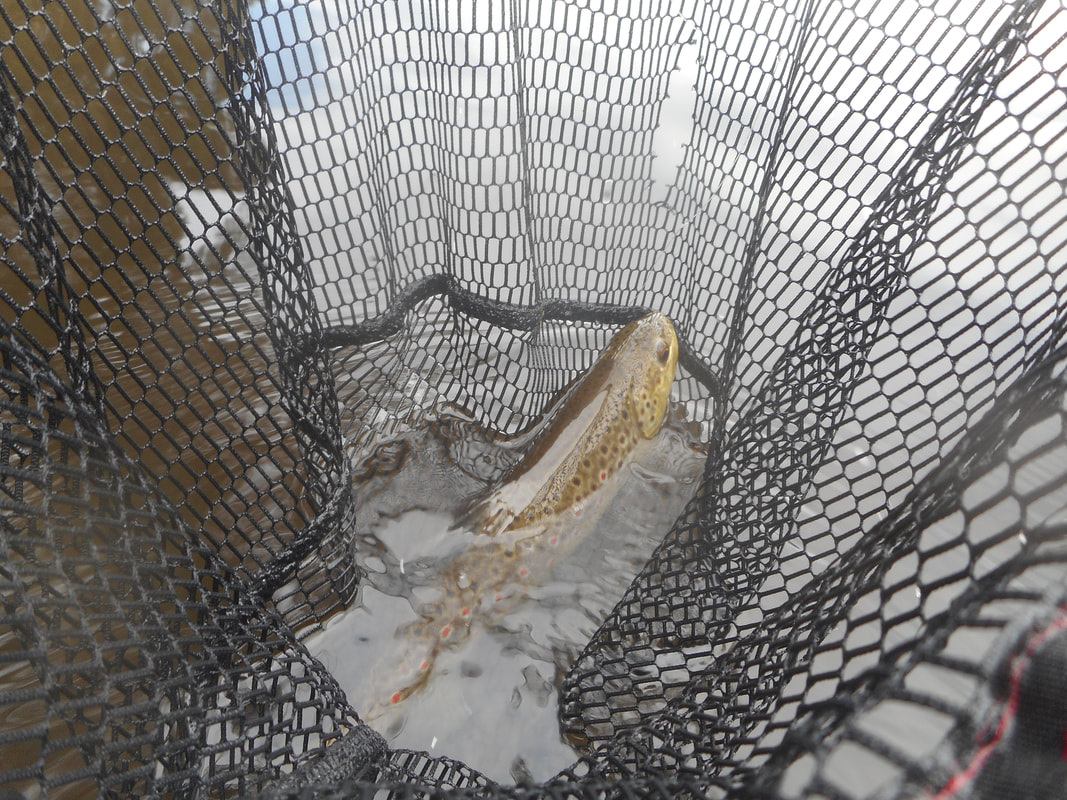
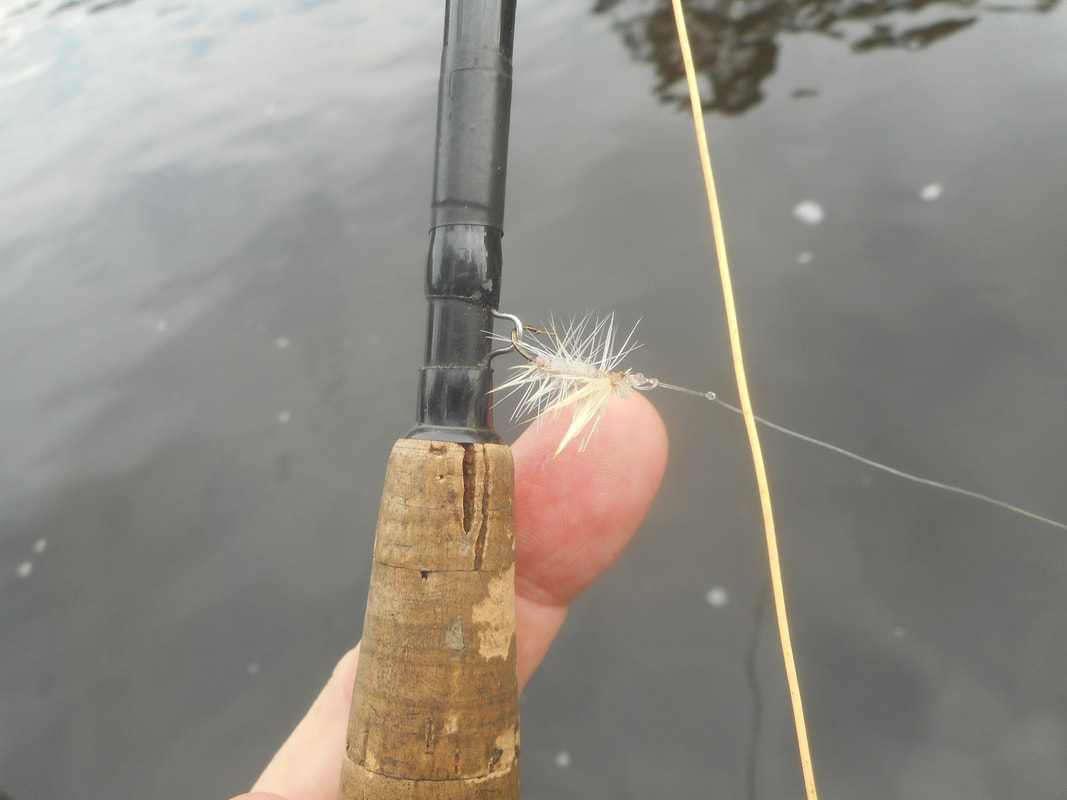
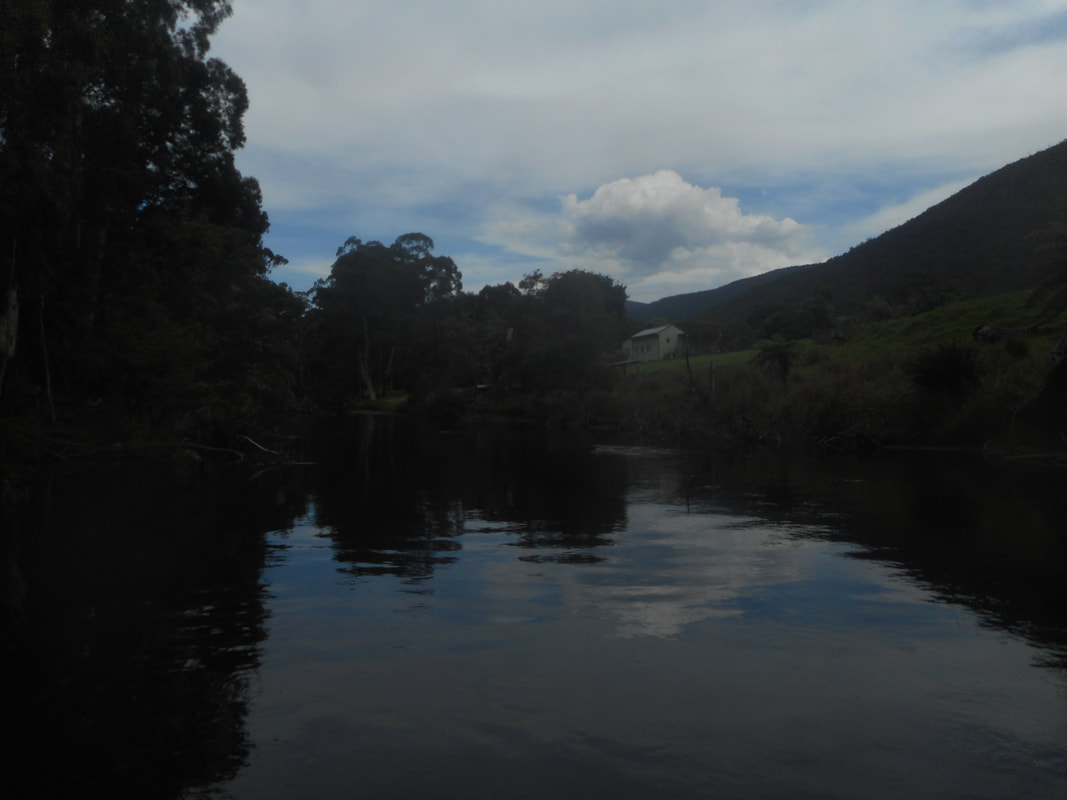
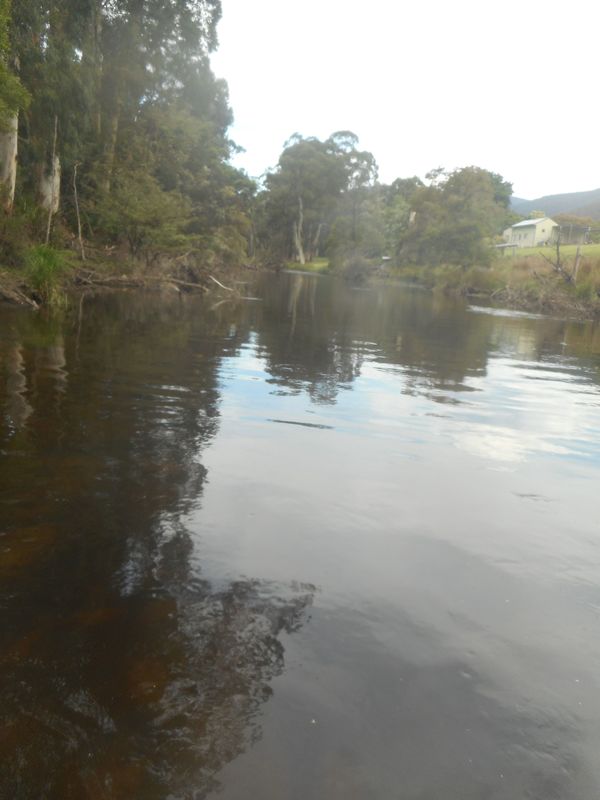
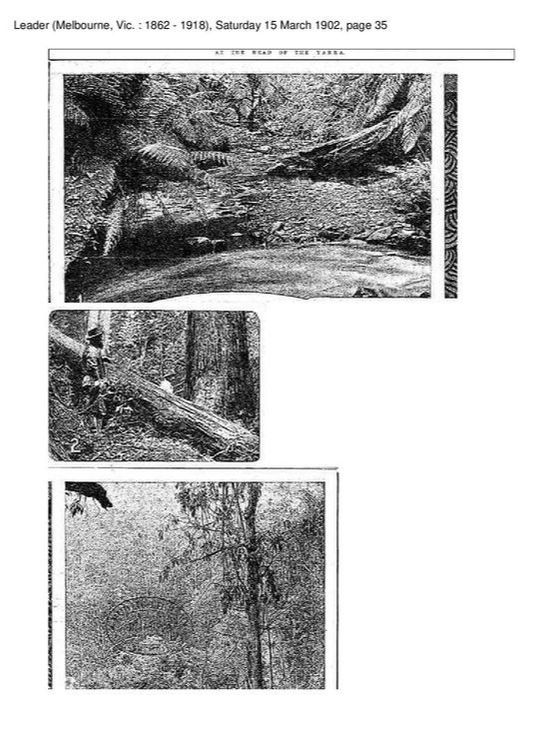
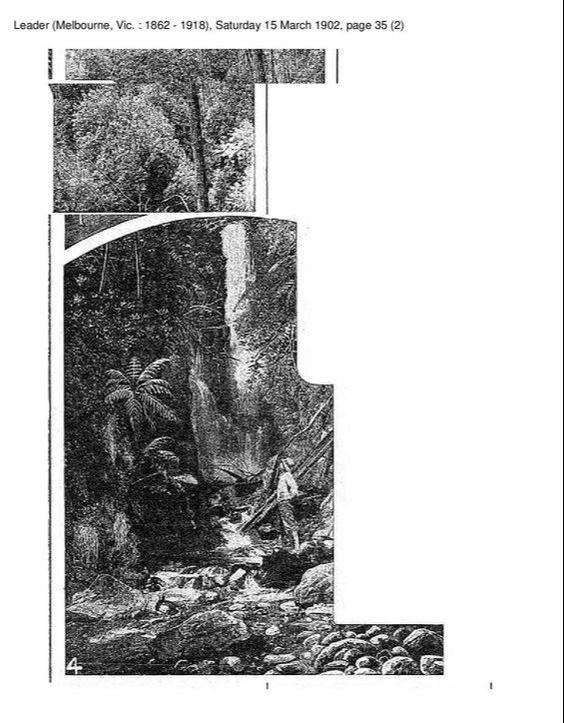
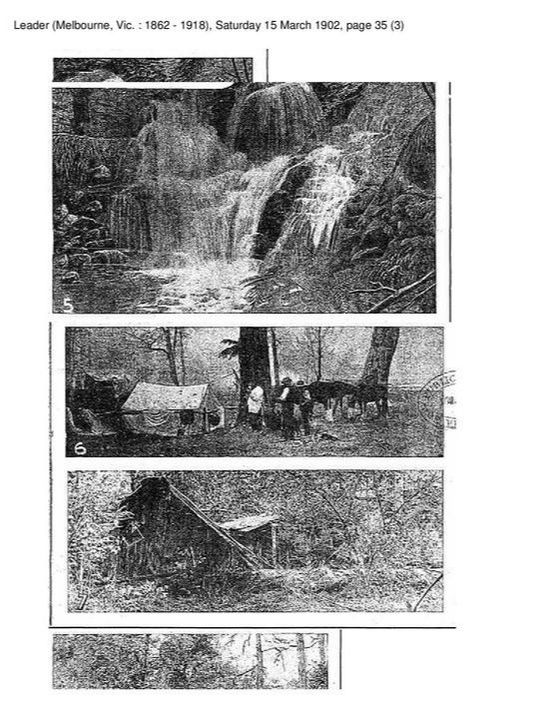
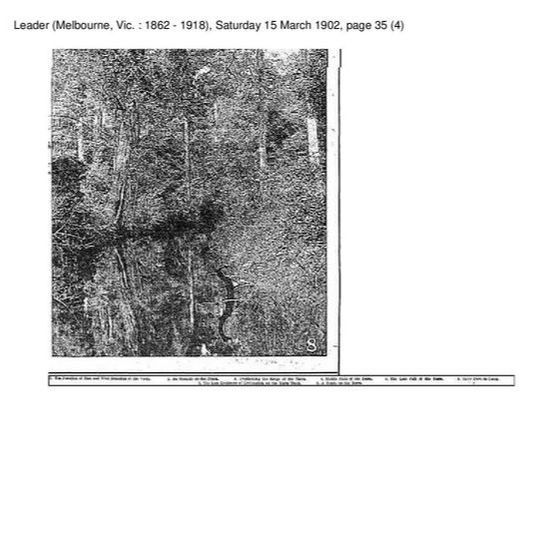
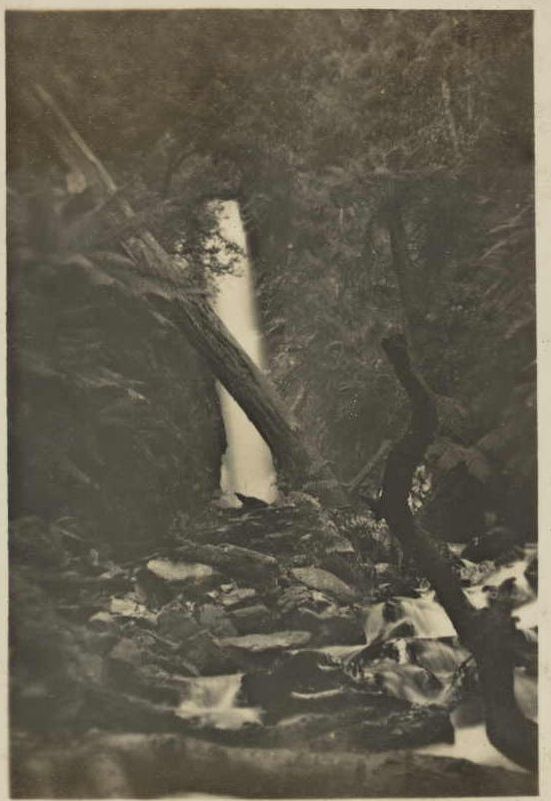
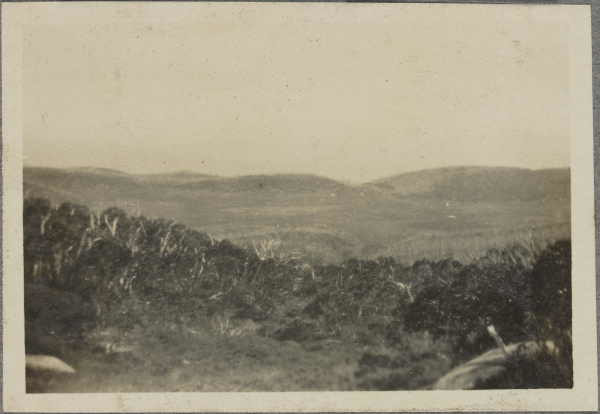
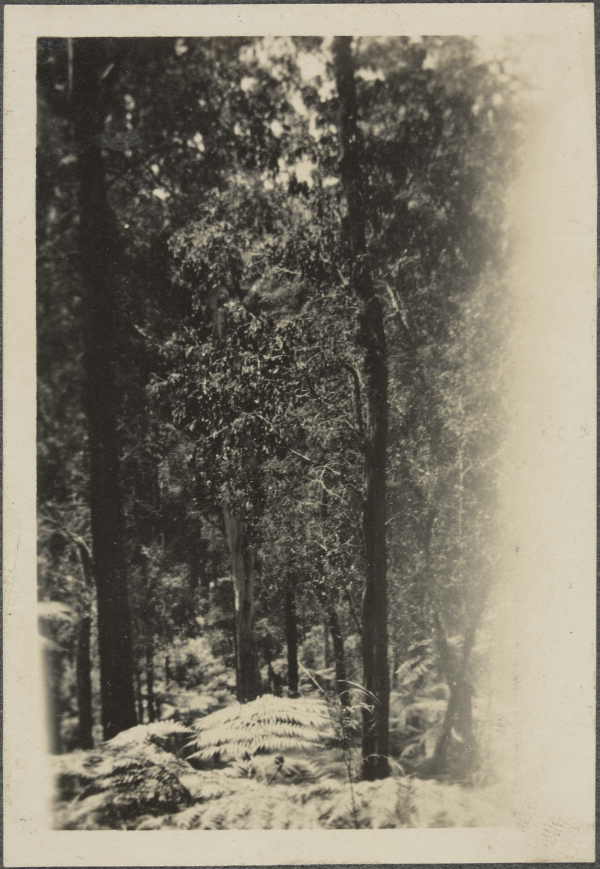
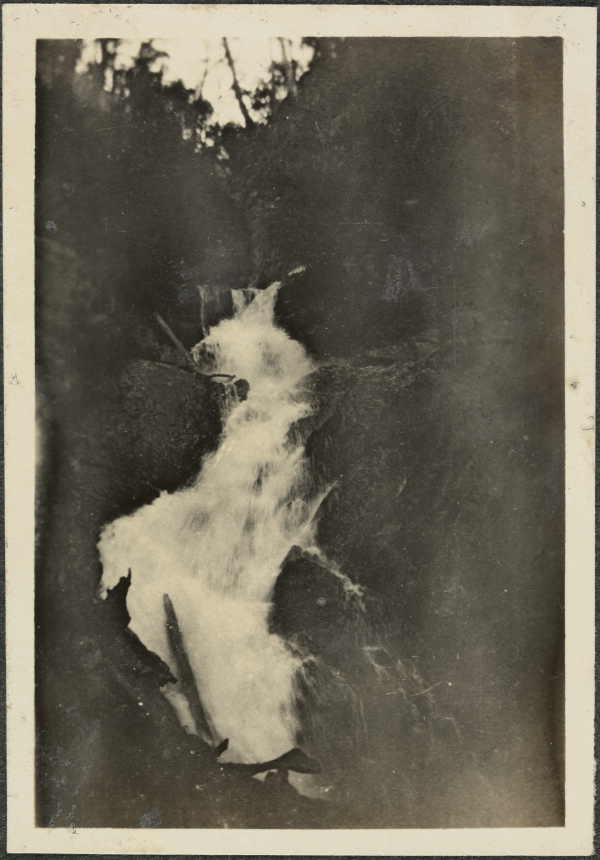
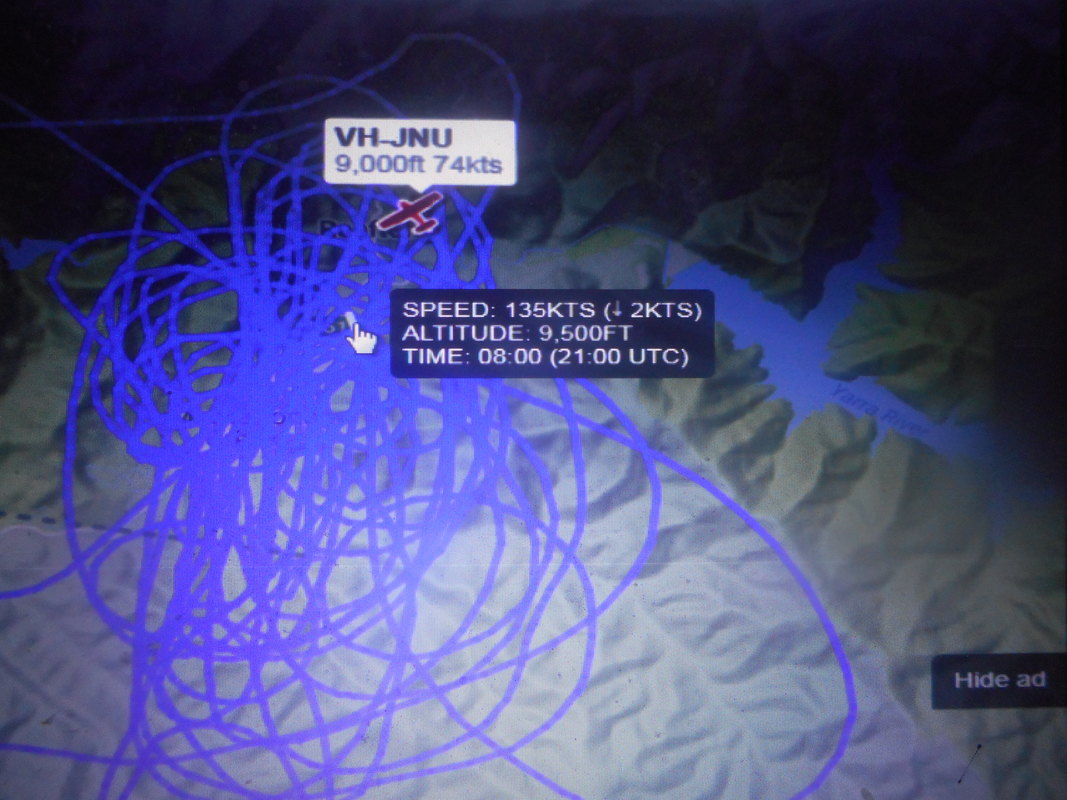
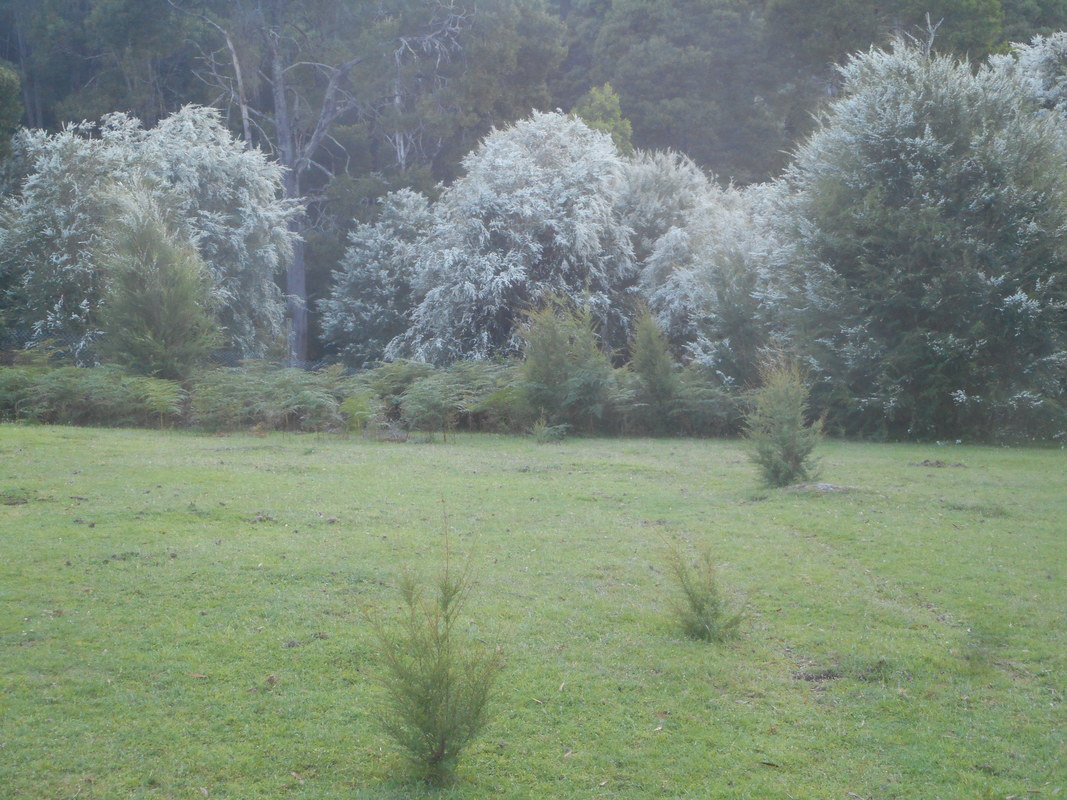
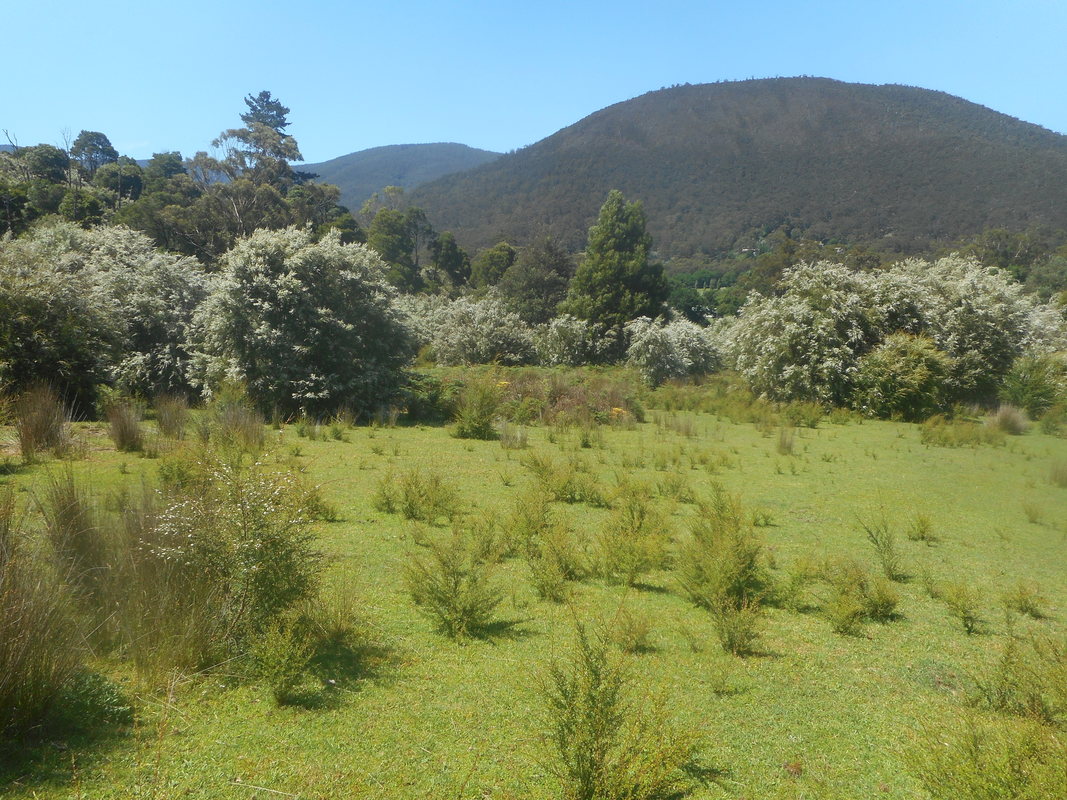
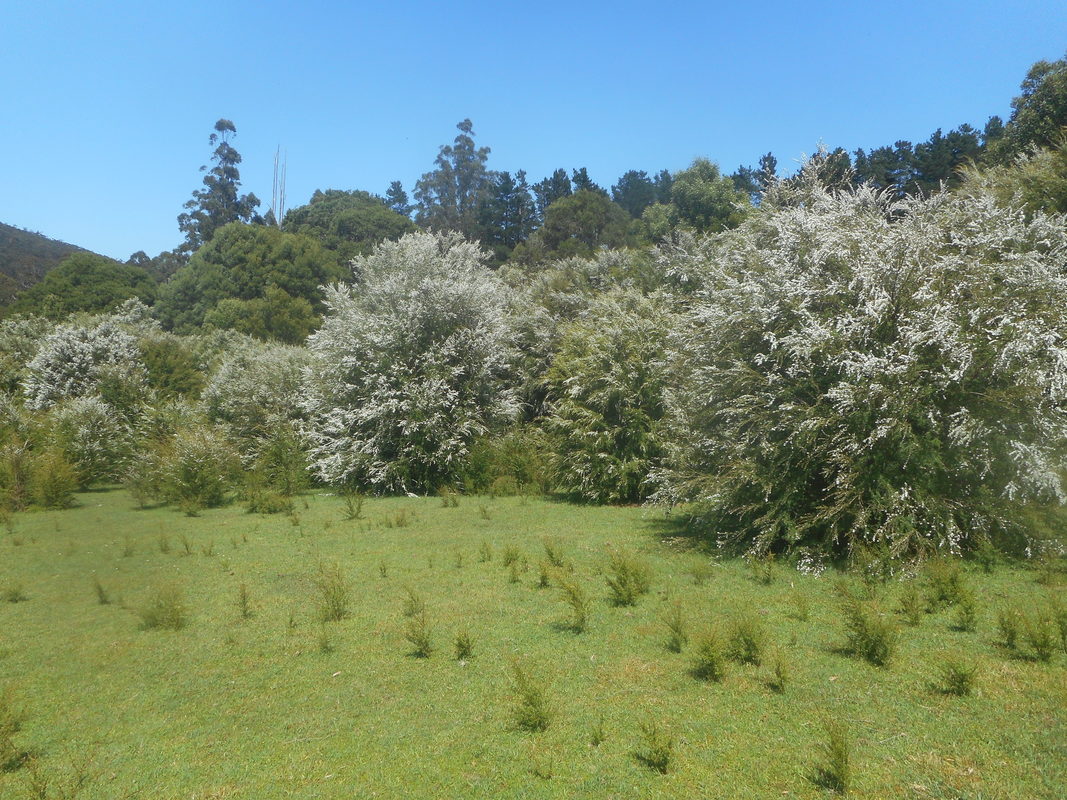
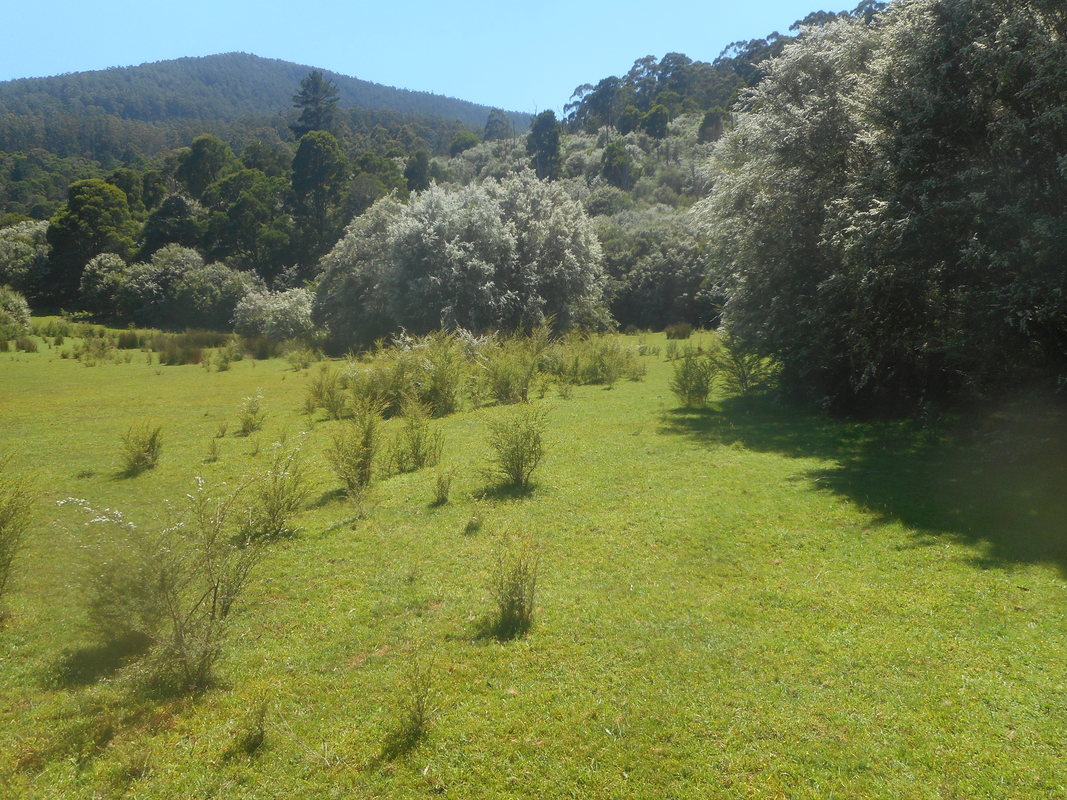
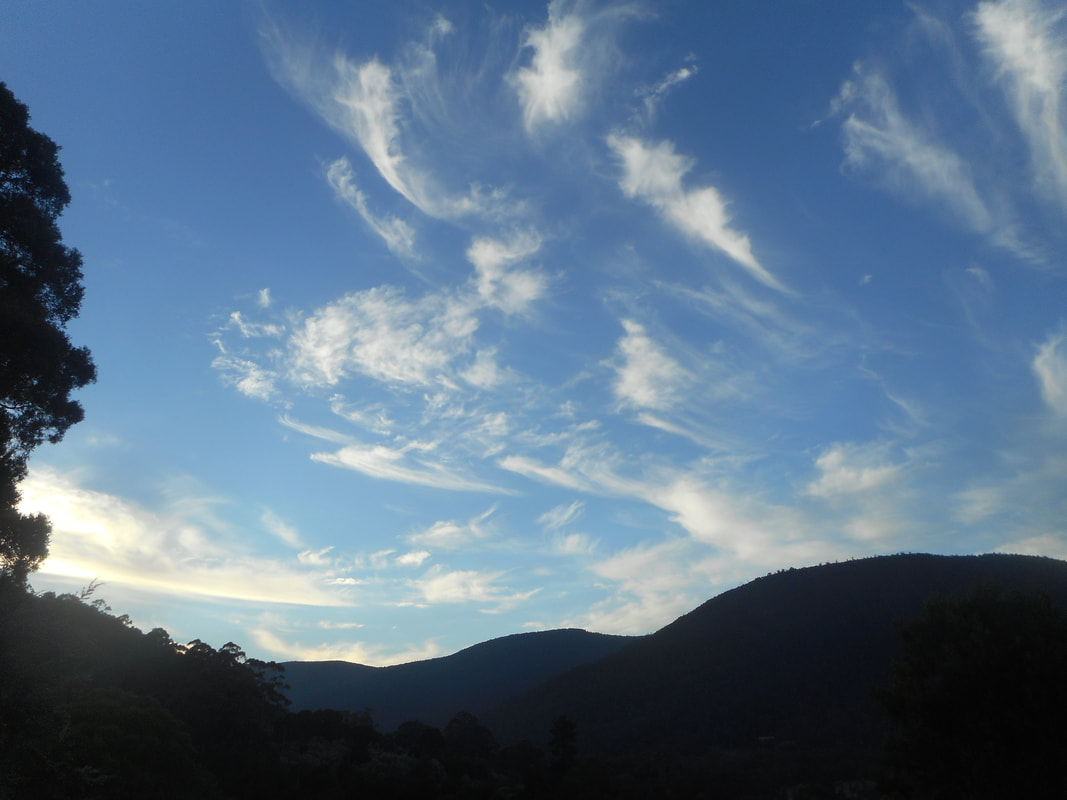
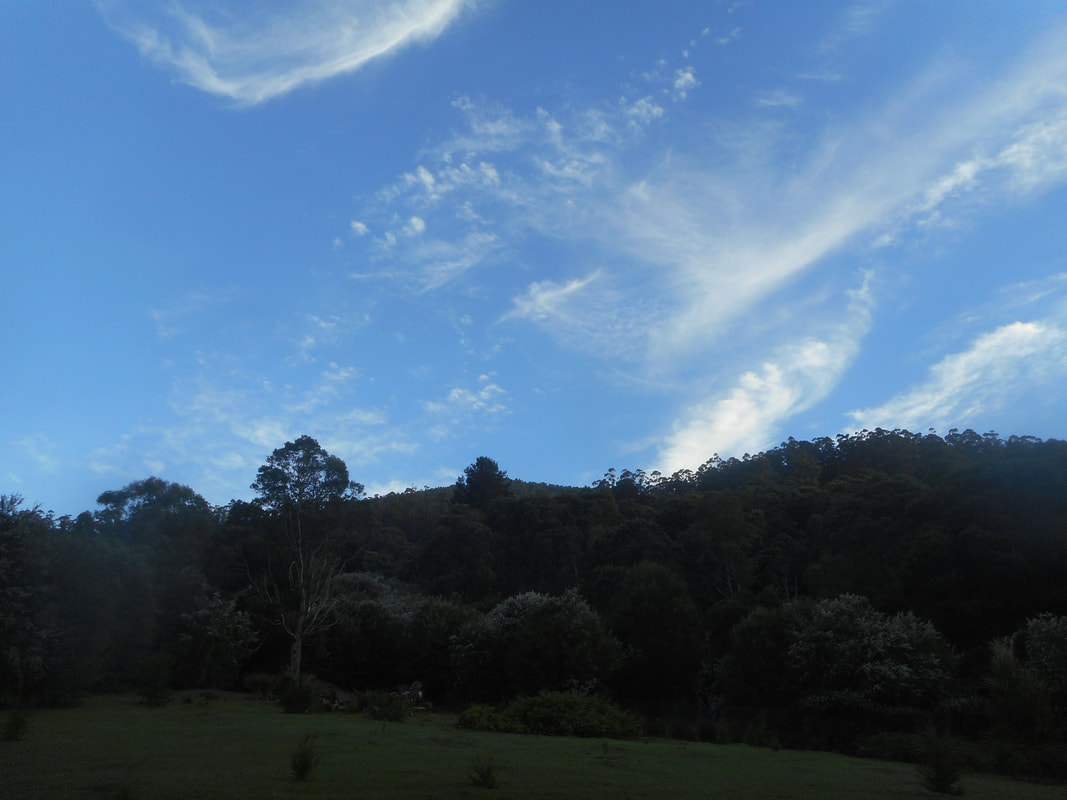
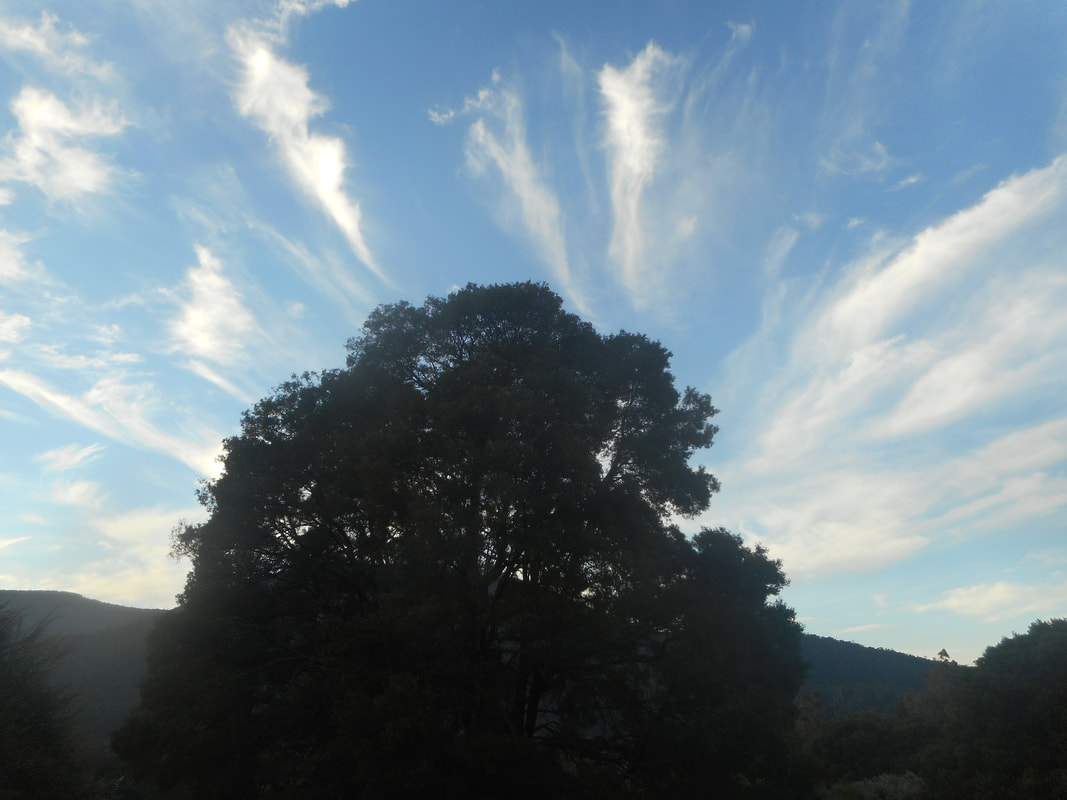
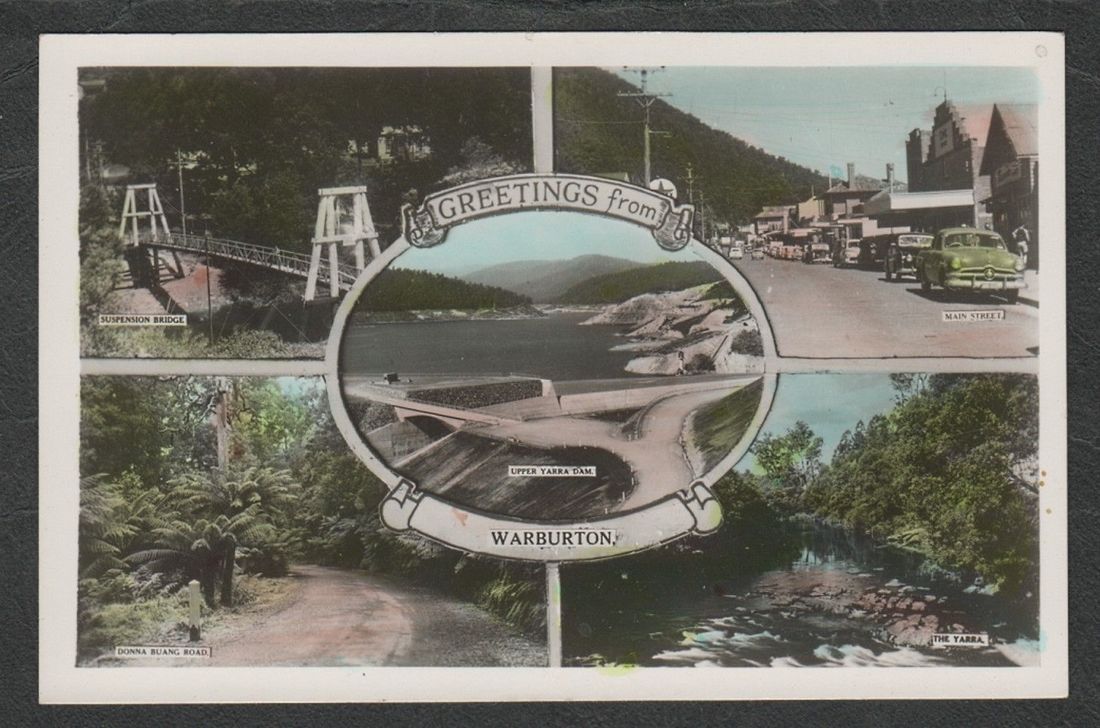
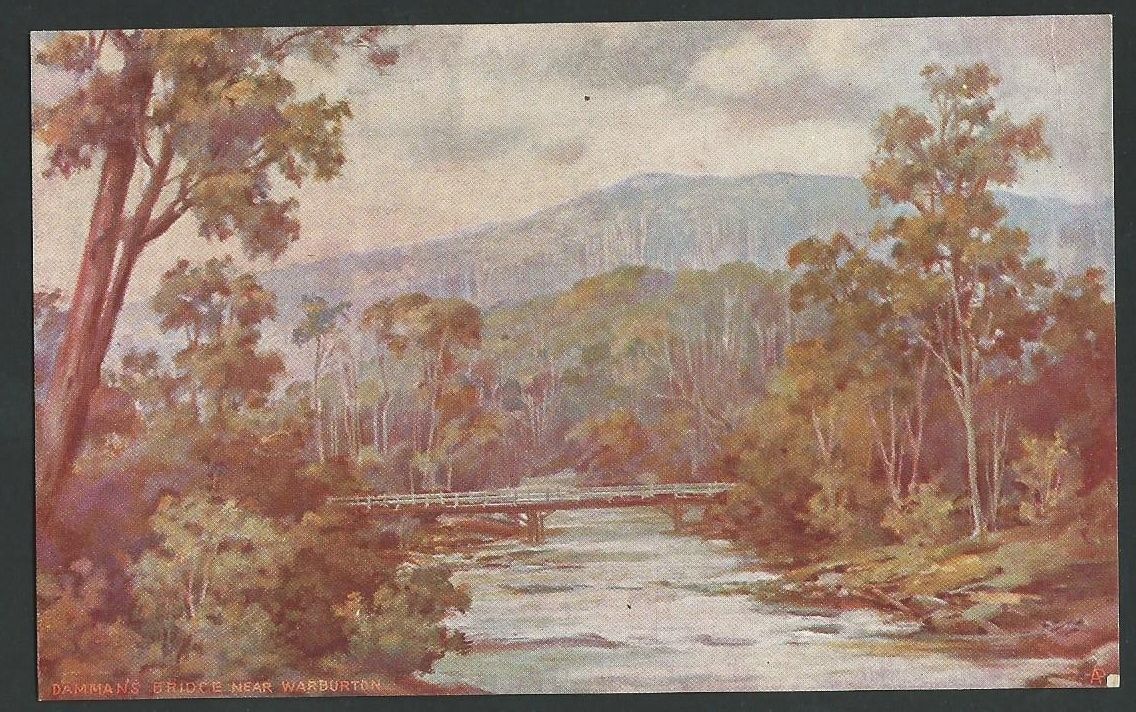
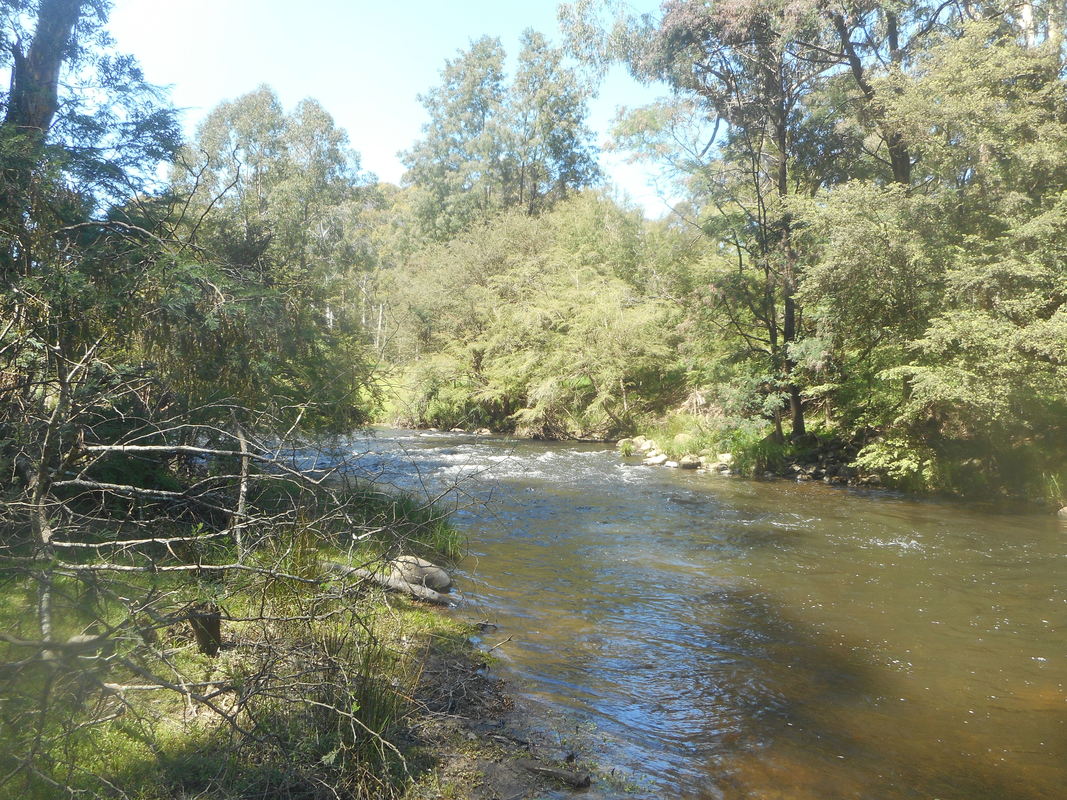
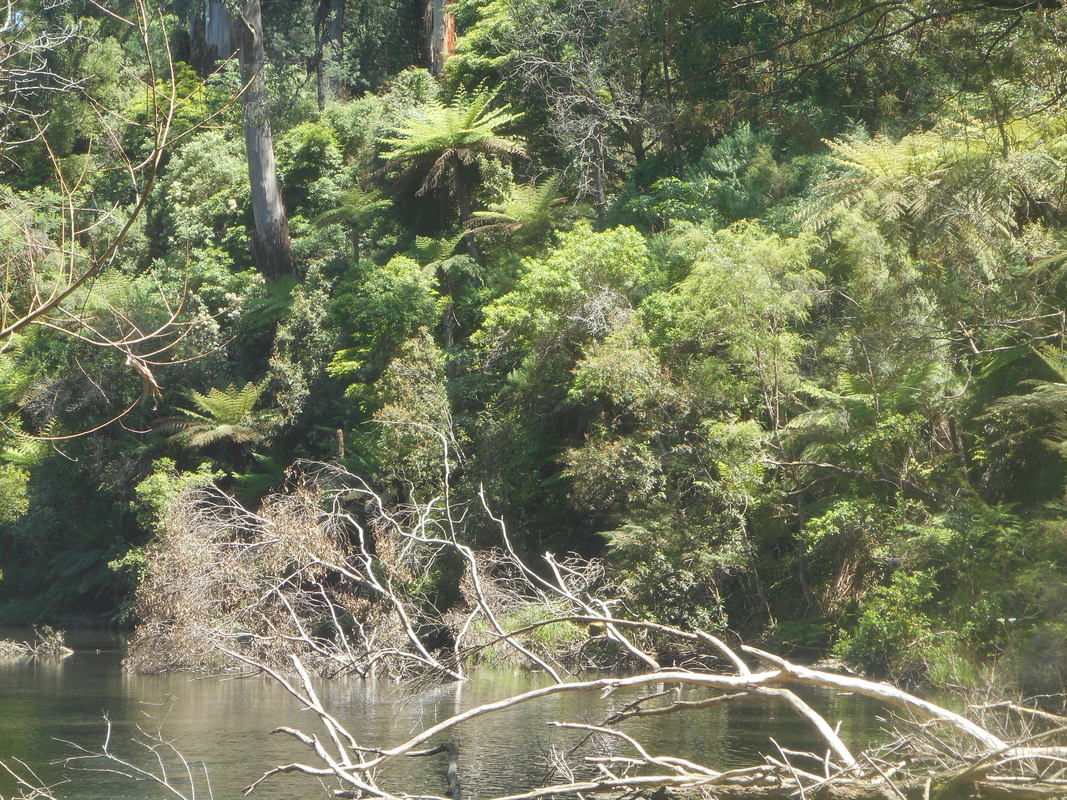
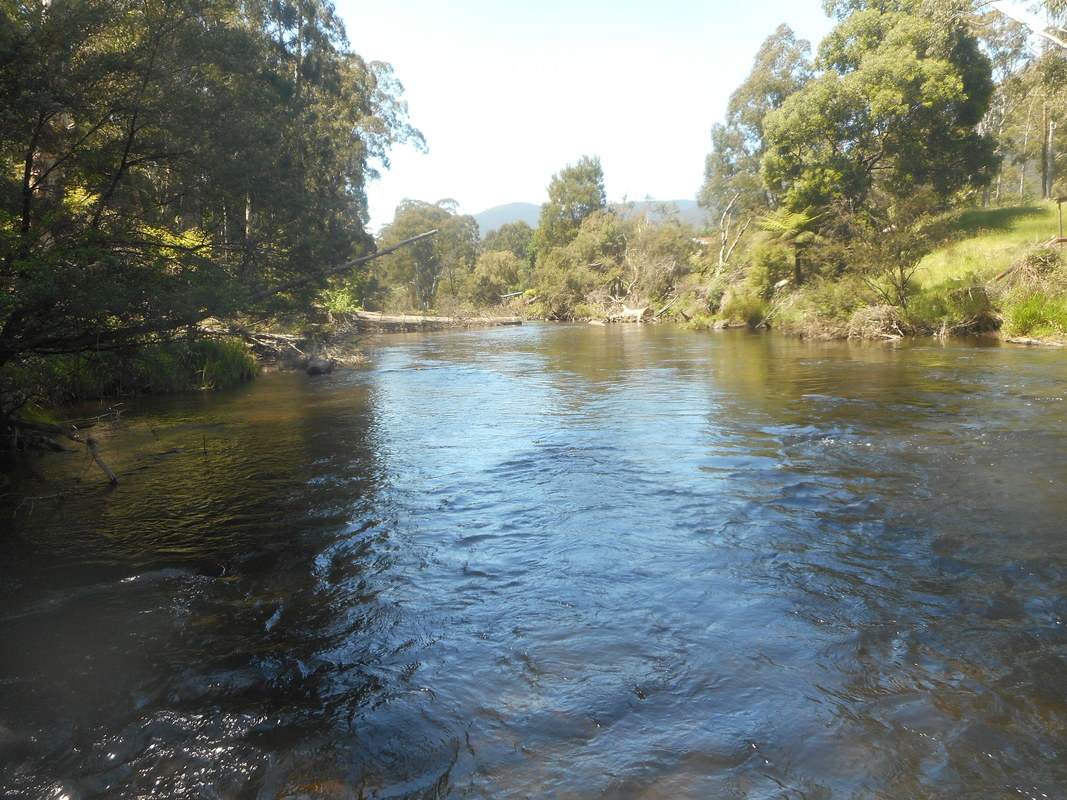
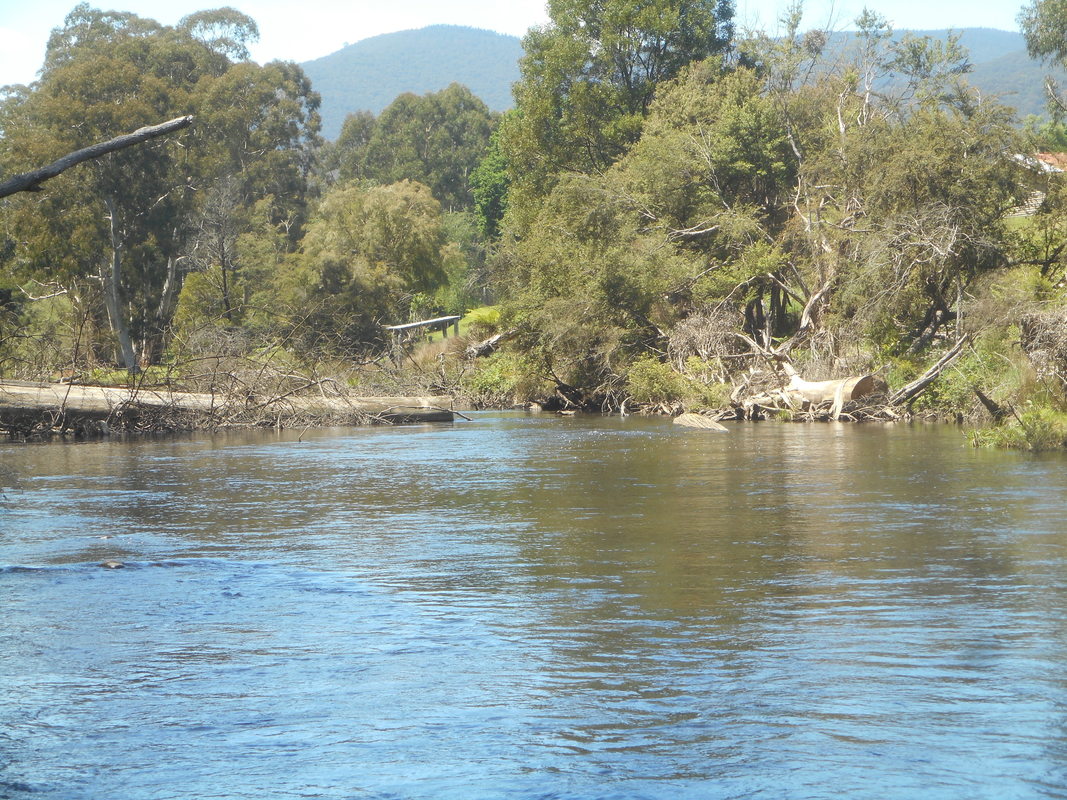
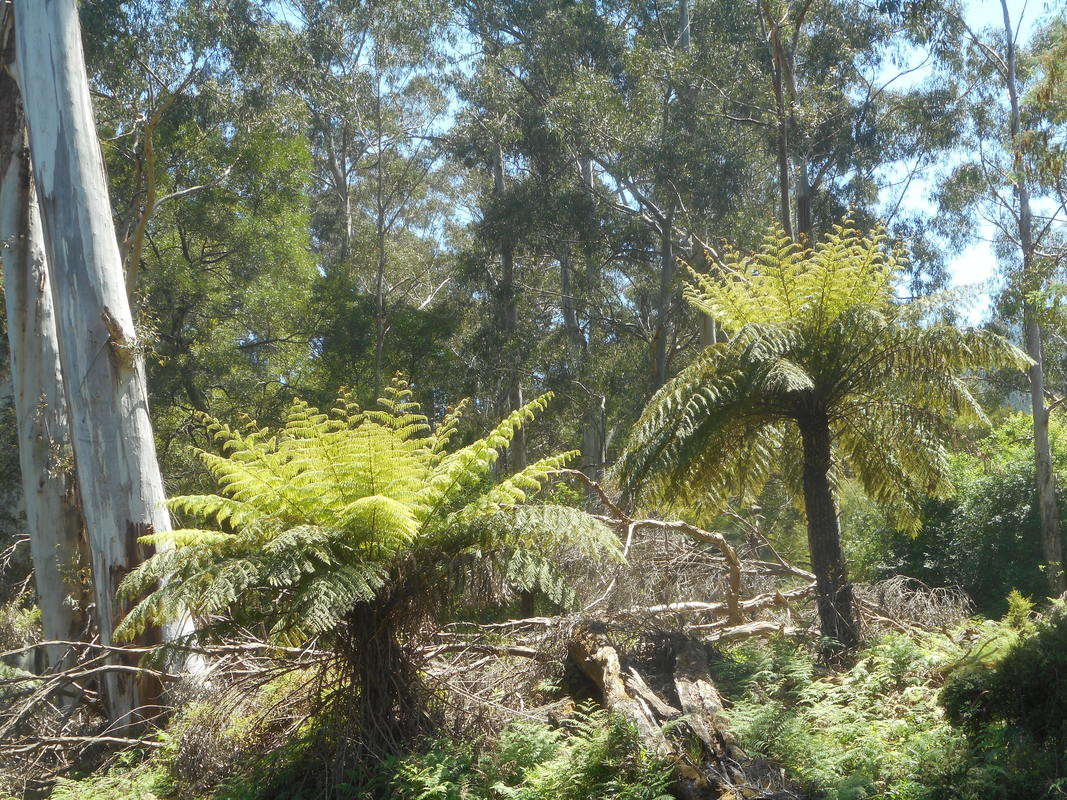
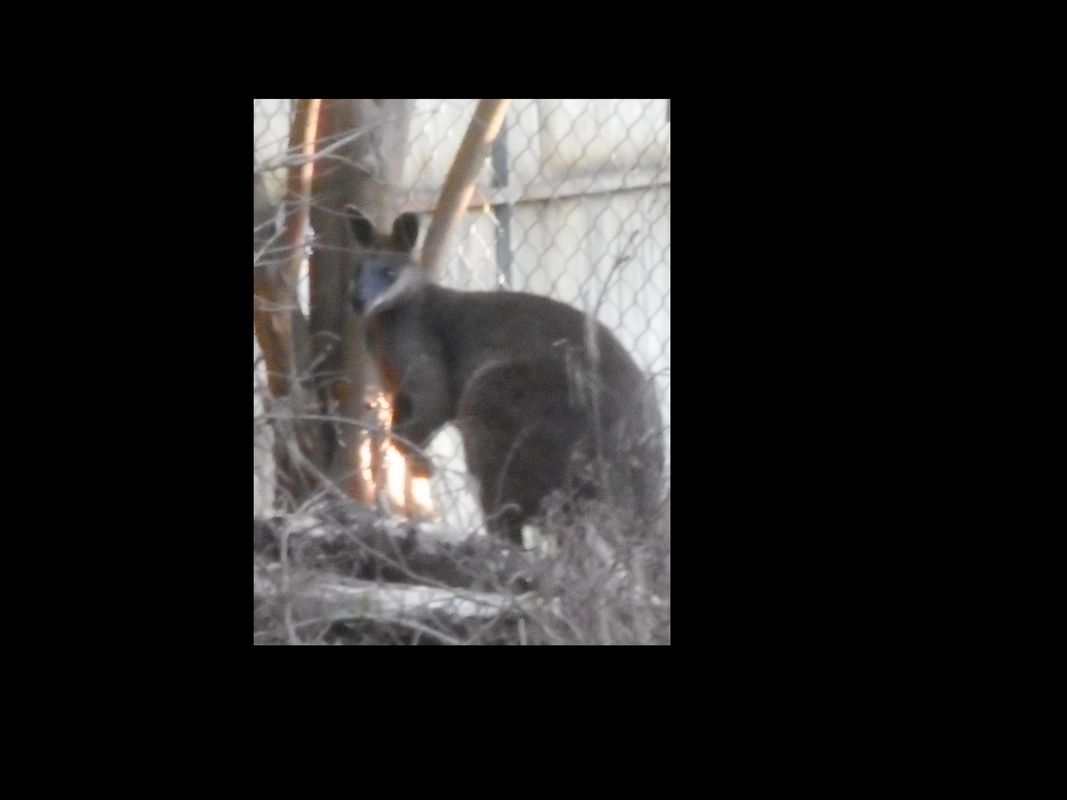
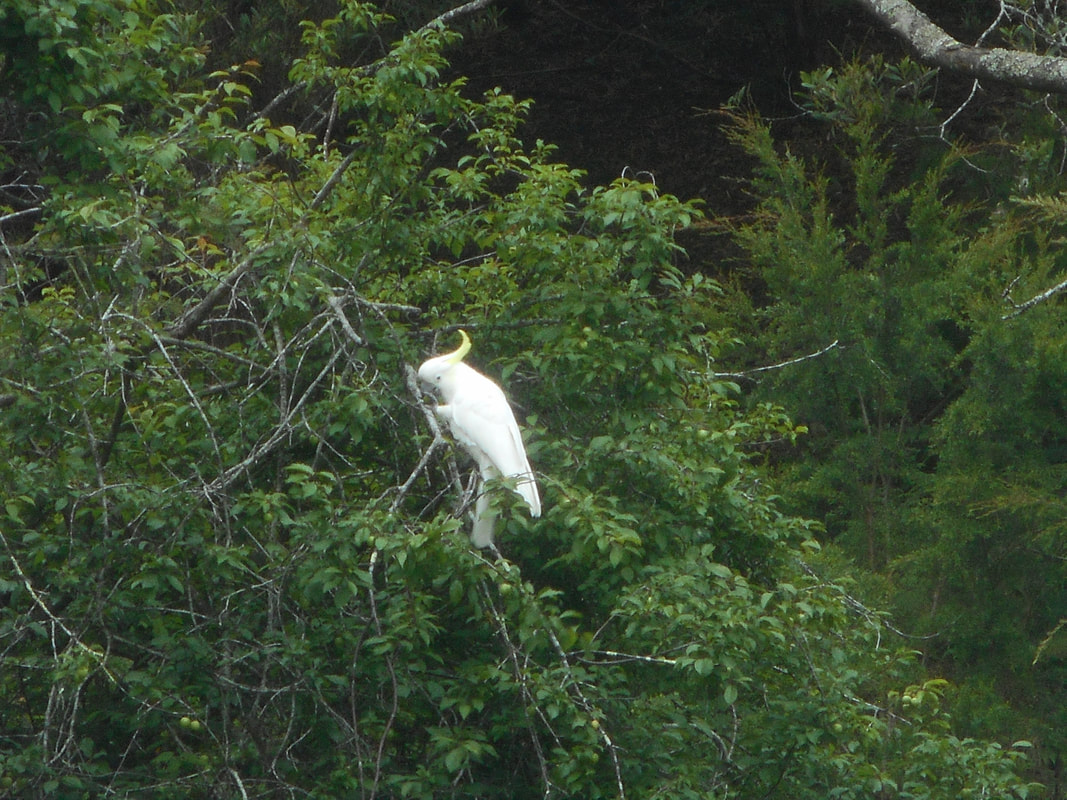
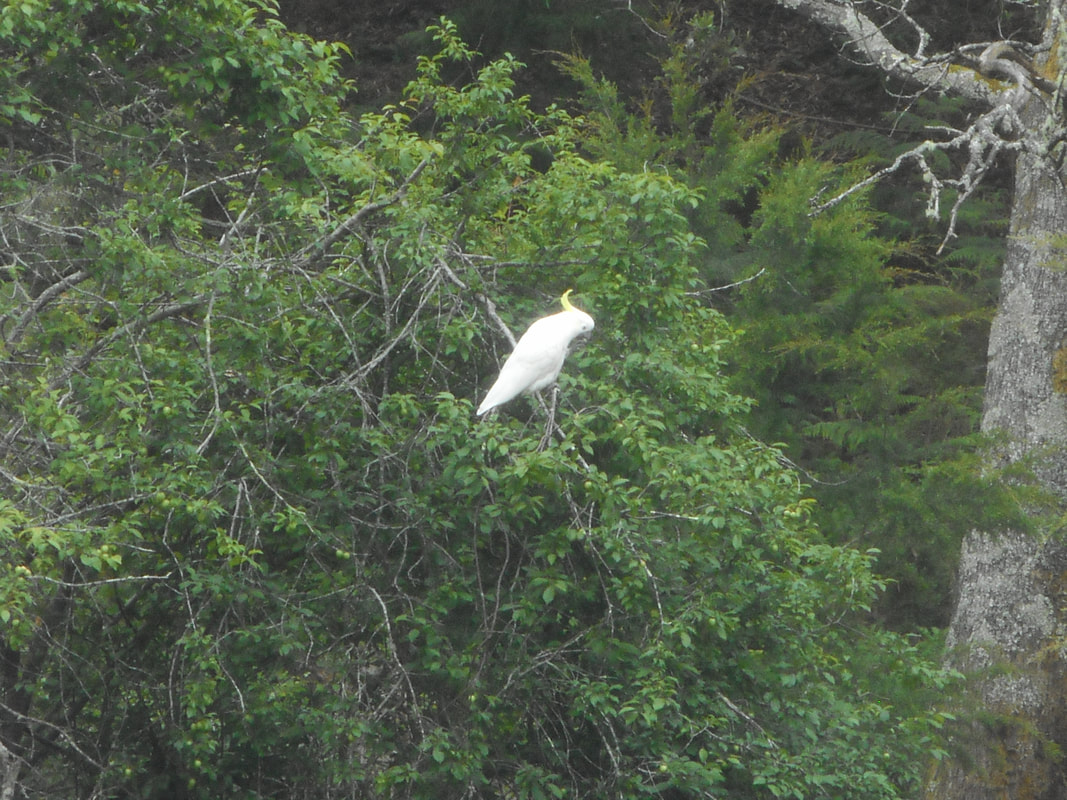
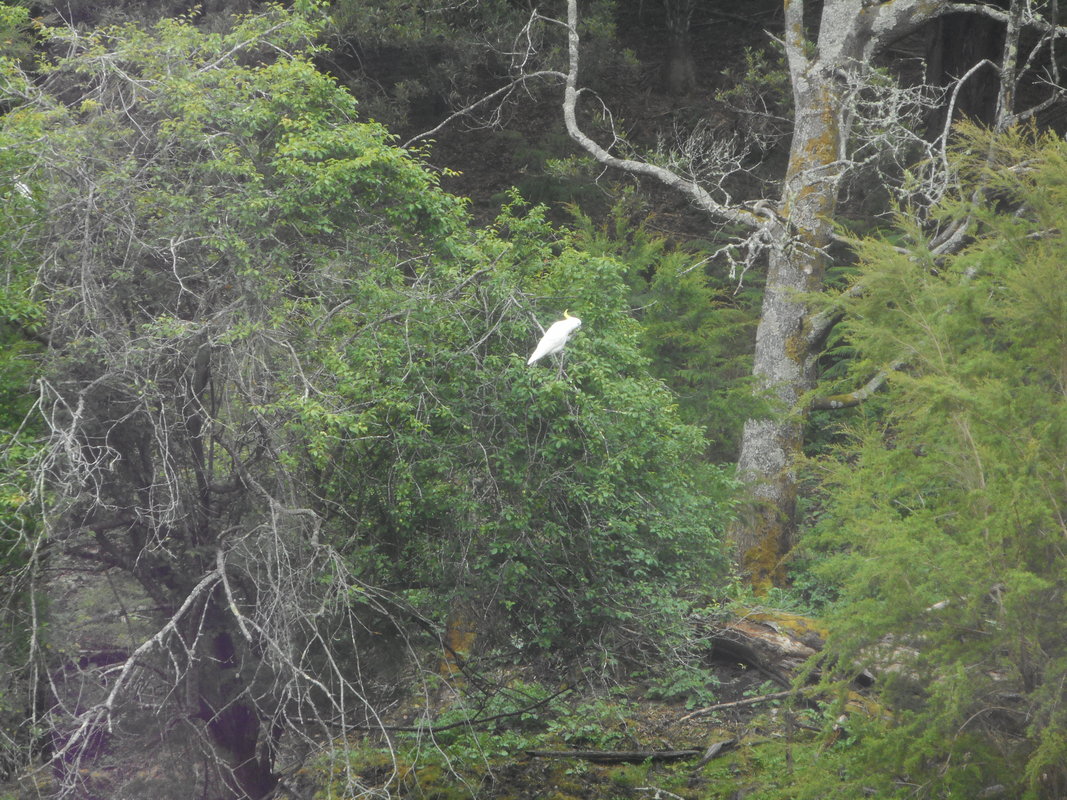
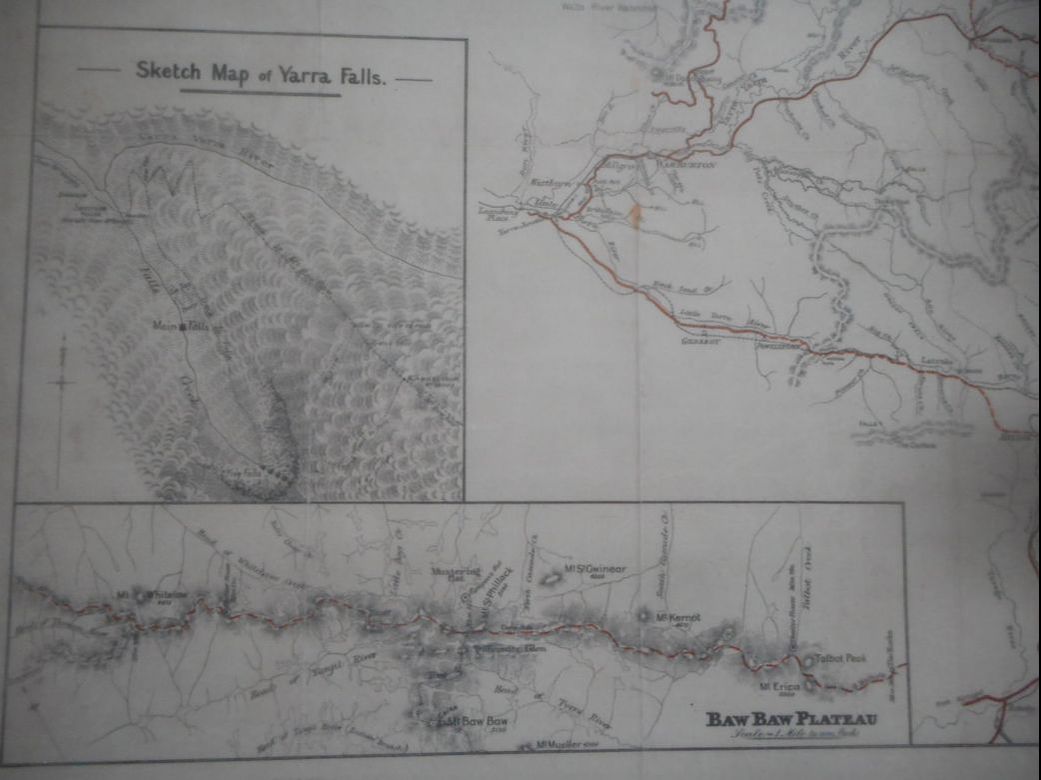
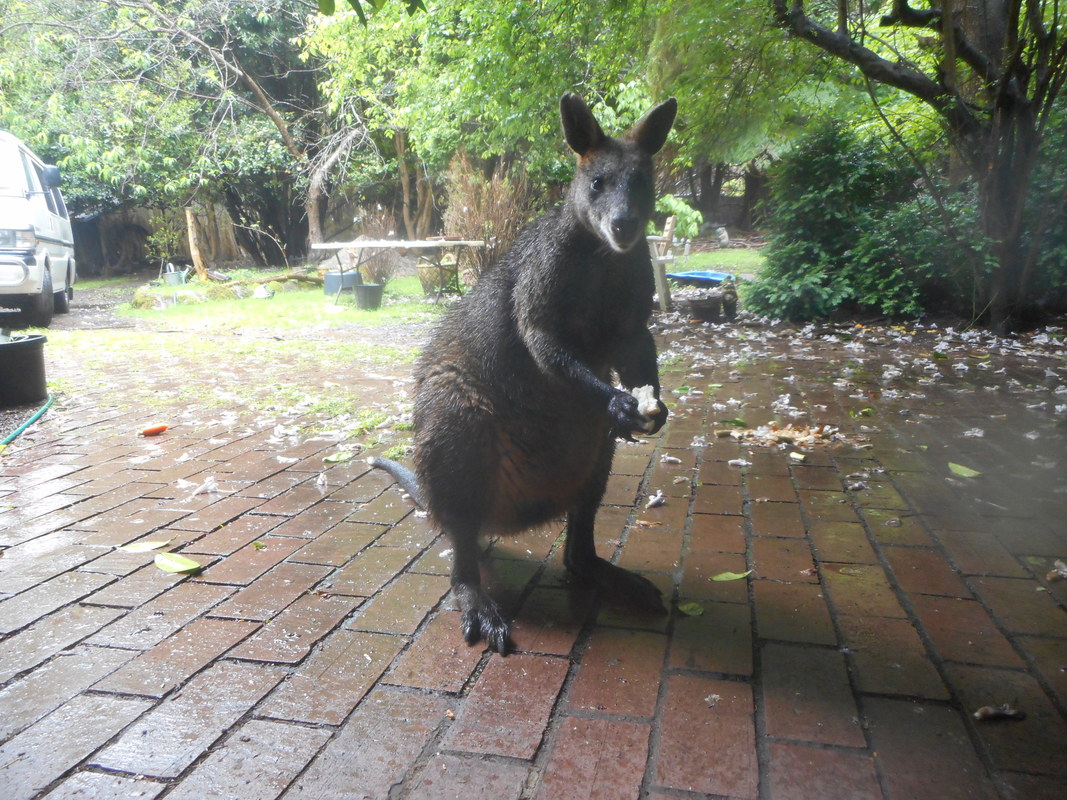
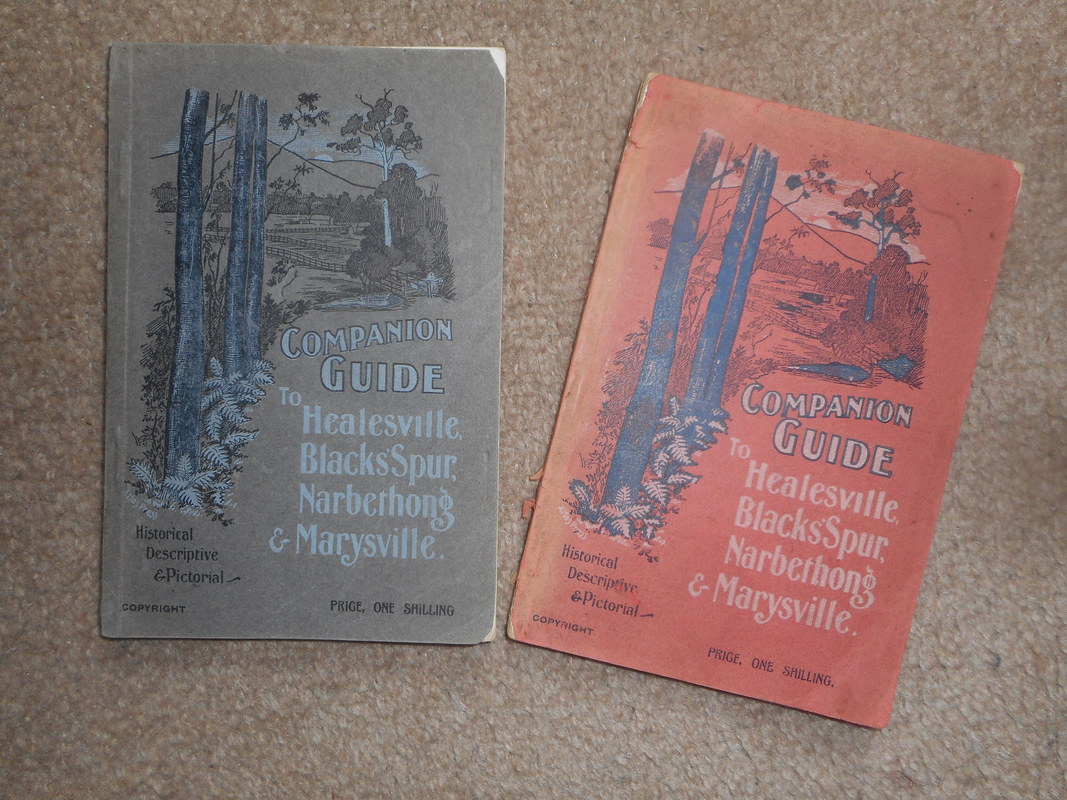
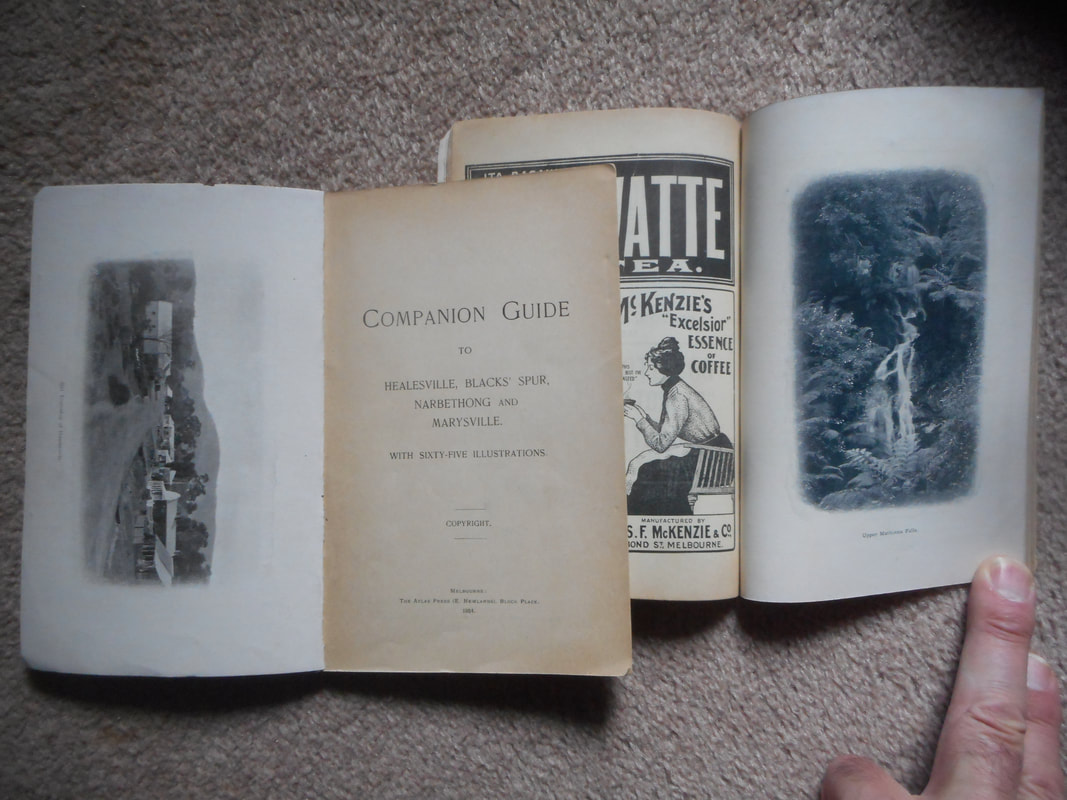
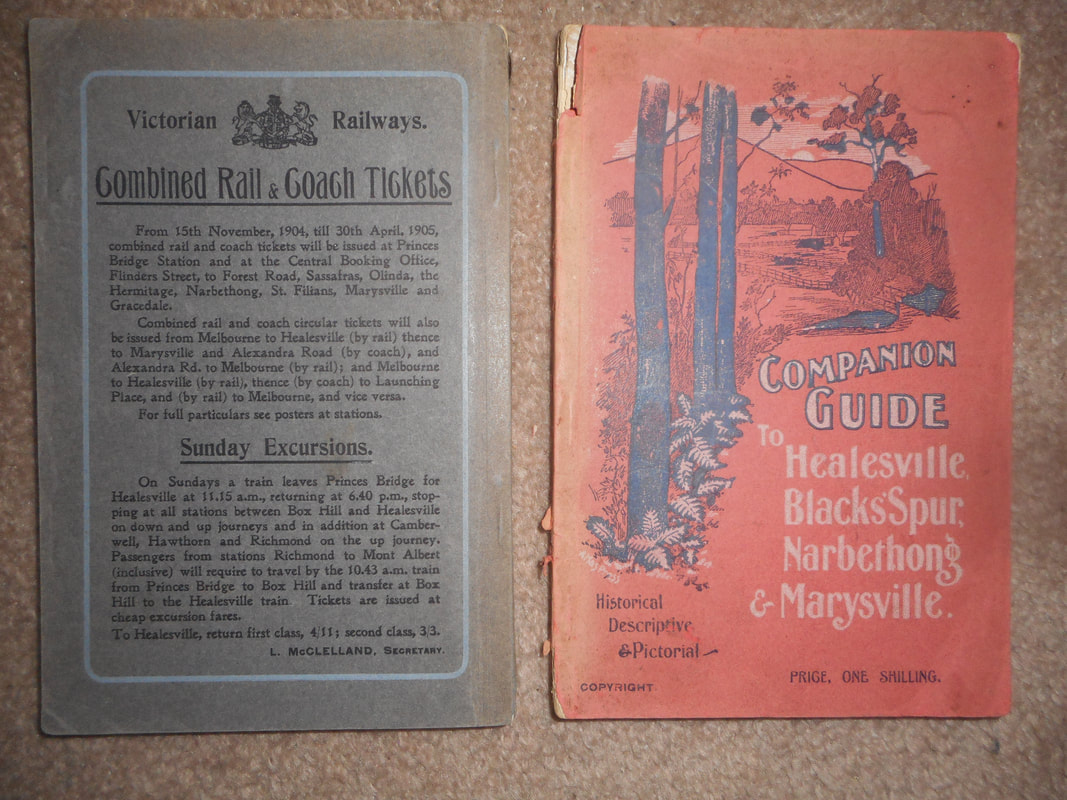

 RSS Feed
RSS Feed
